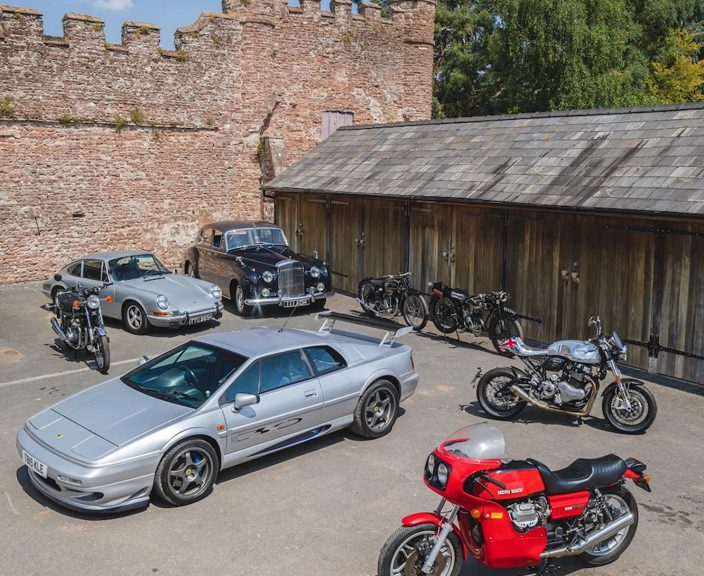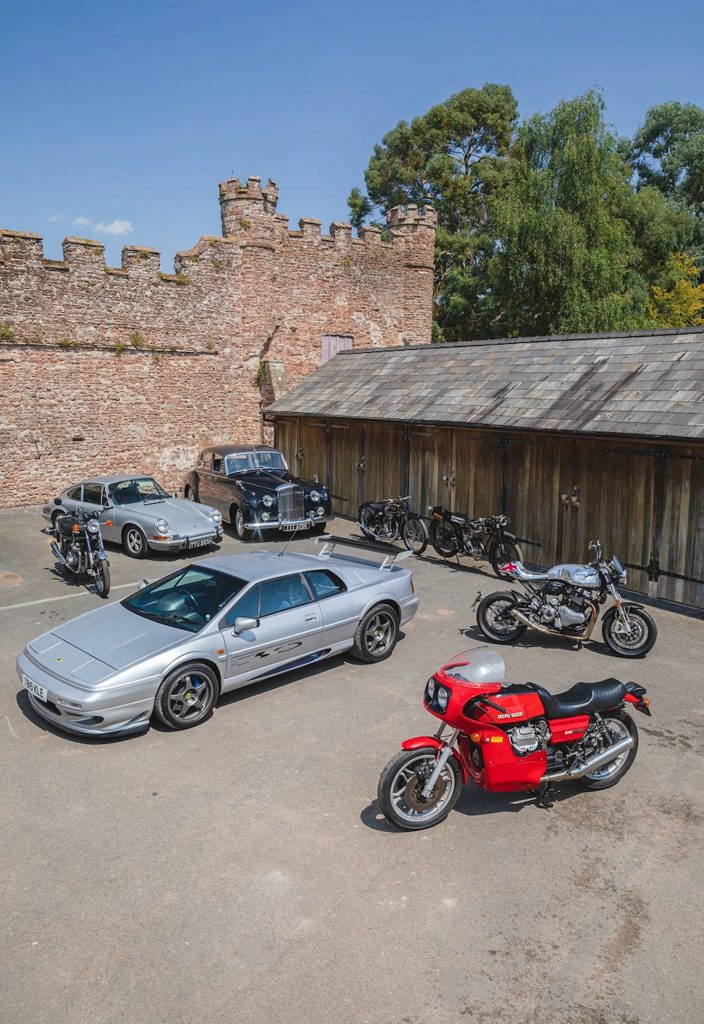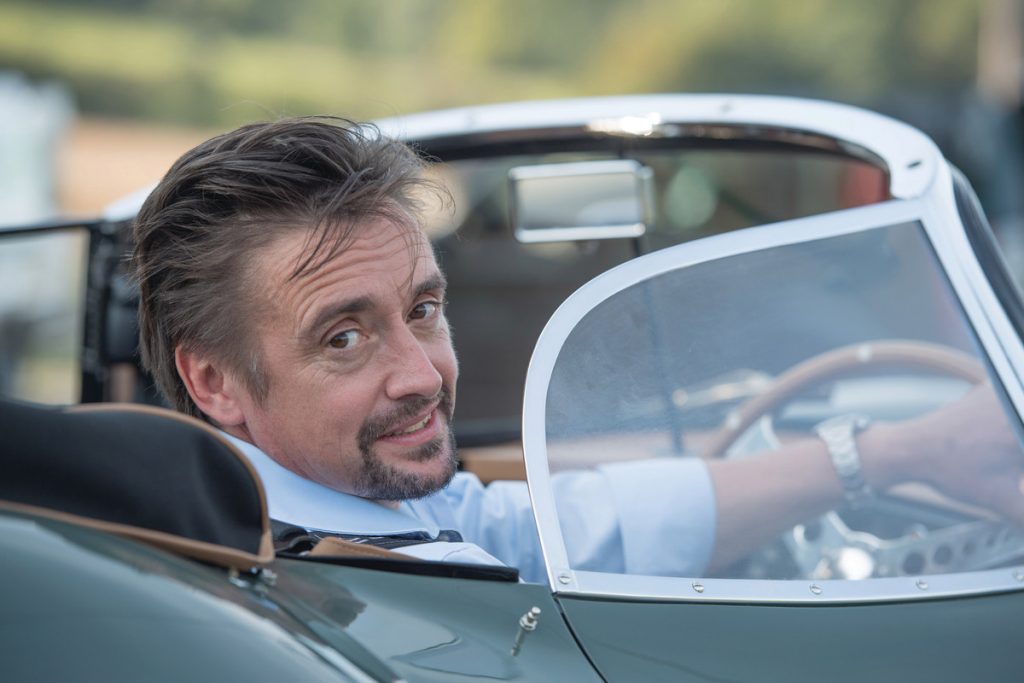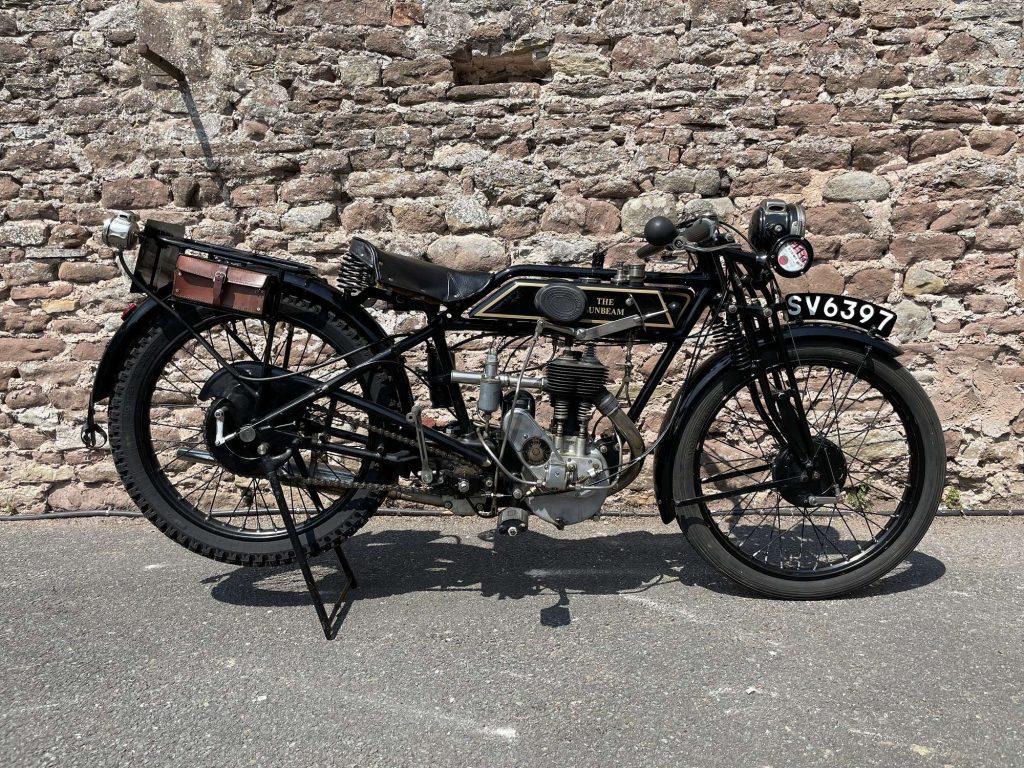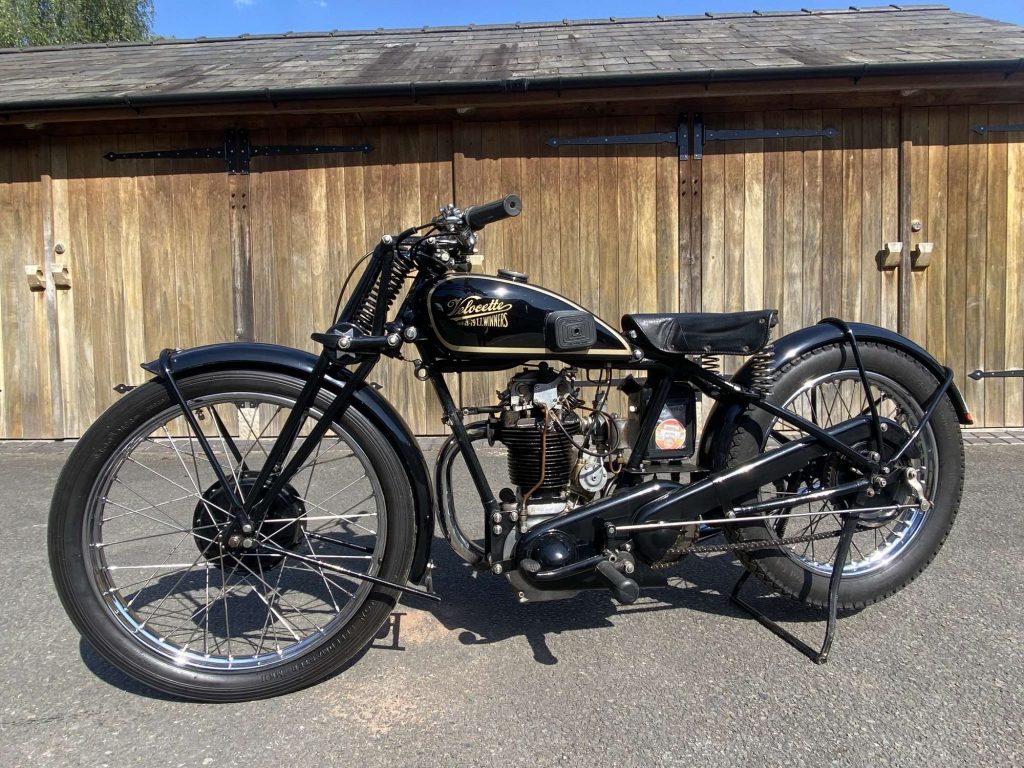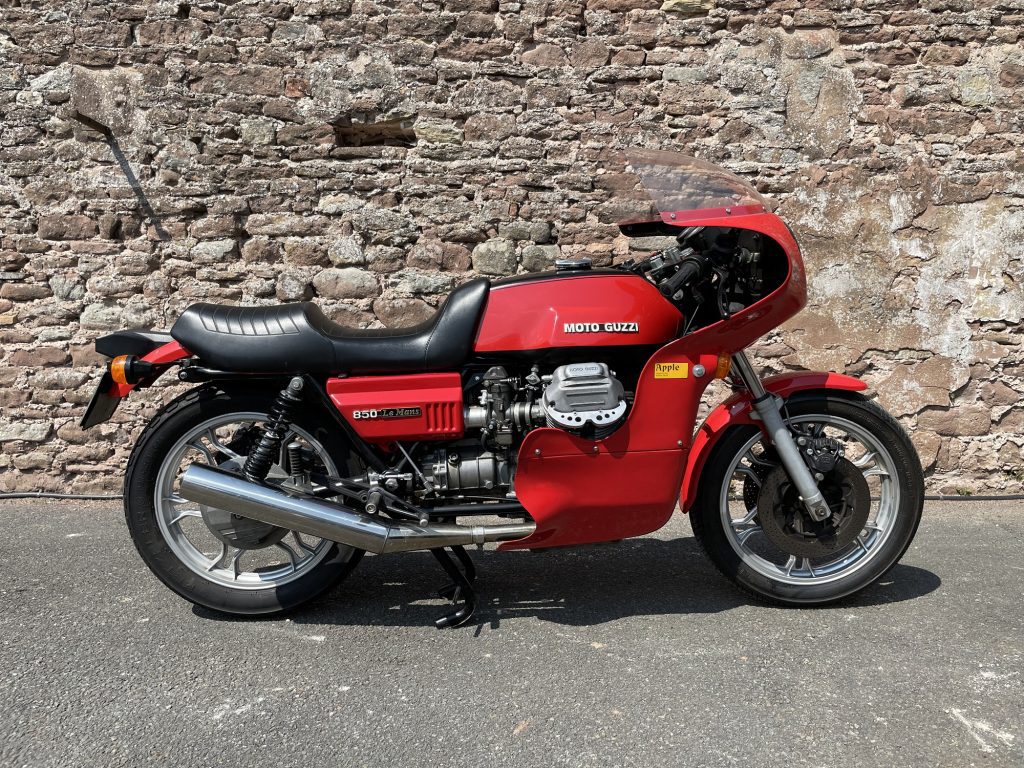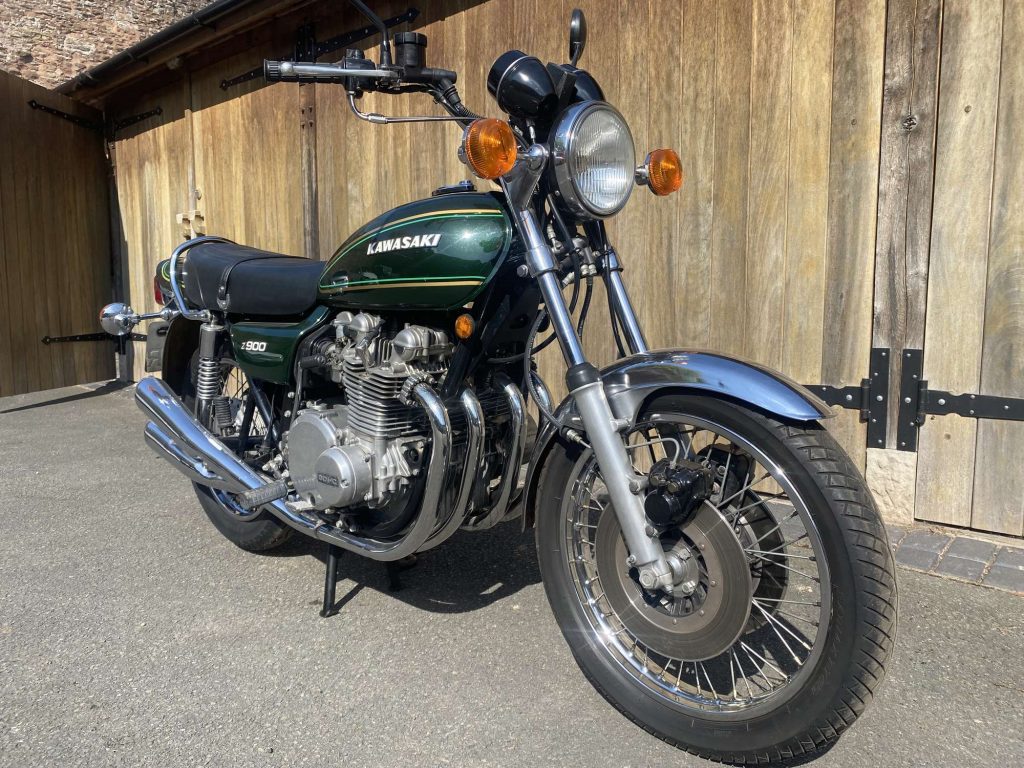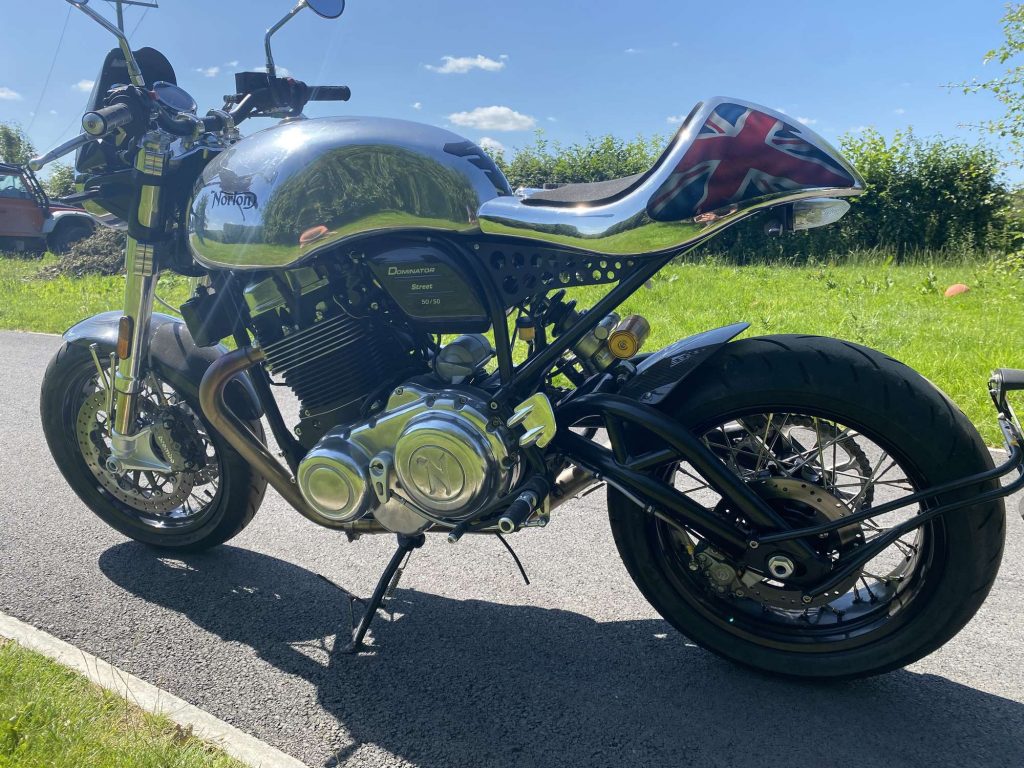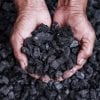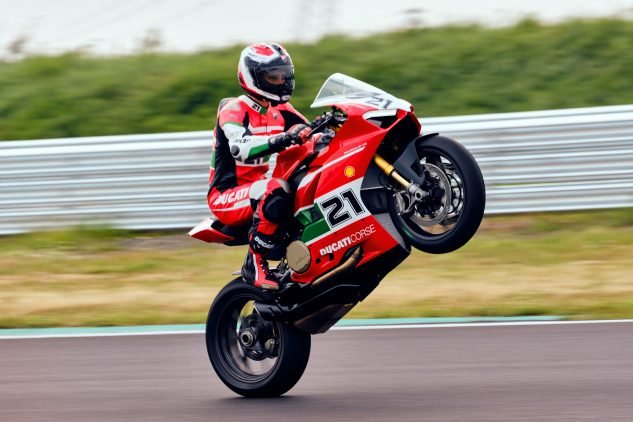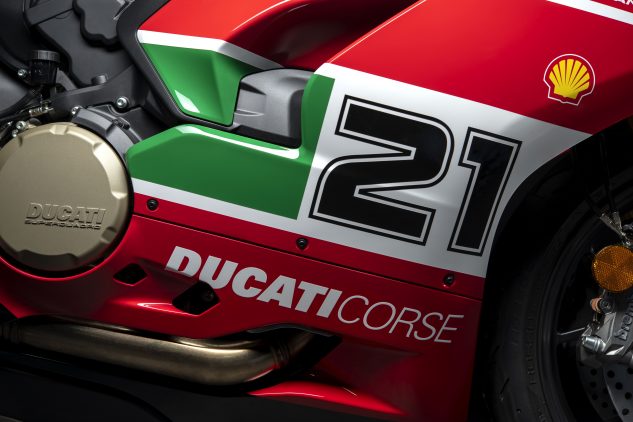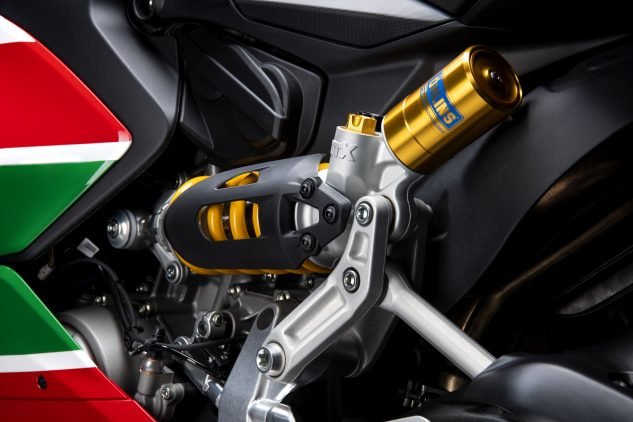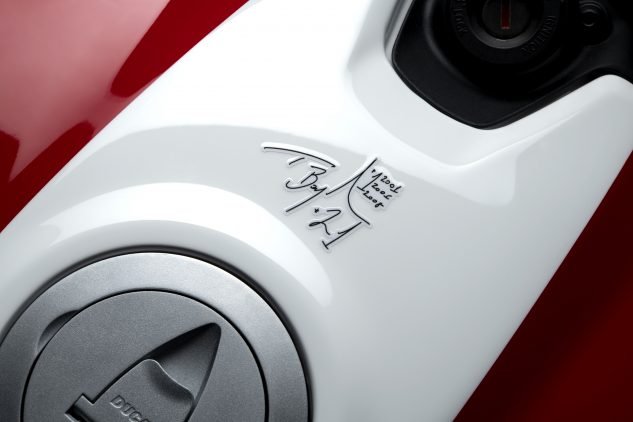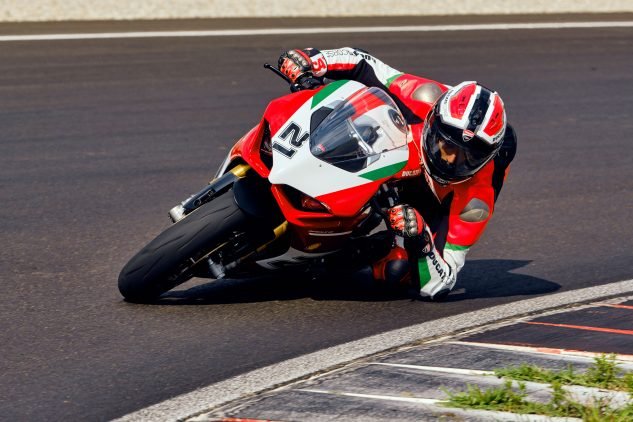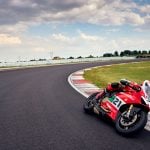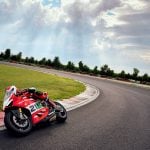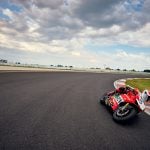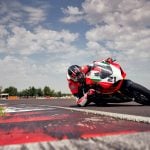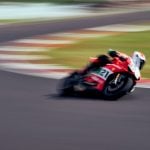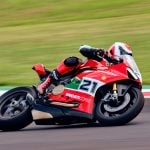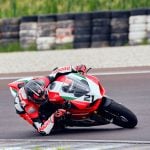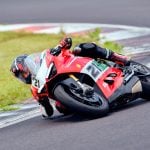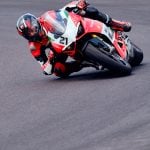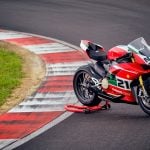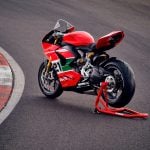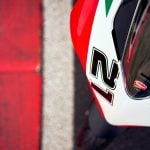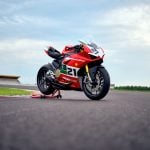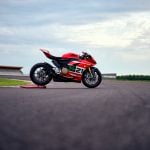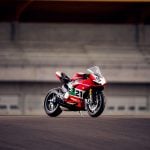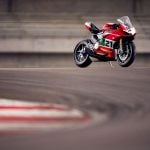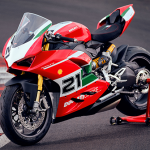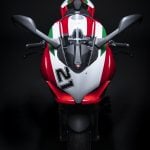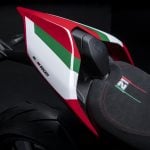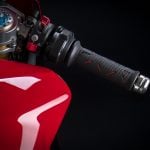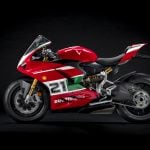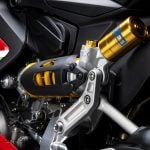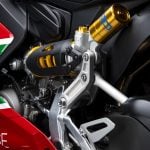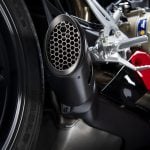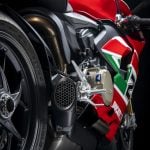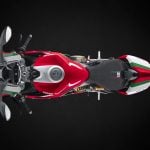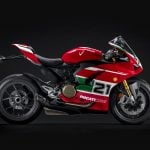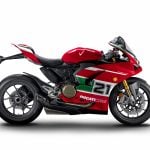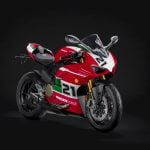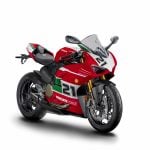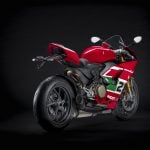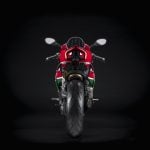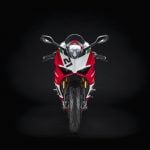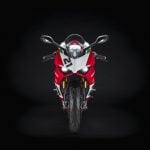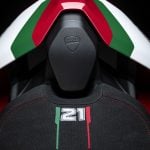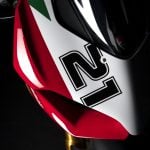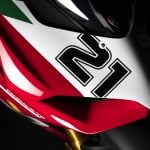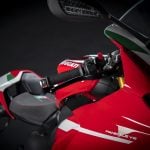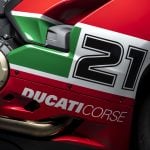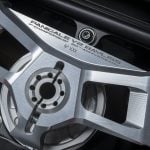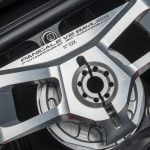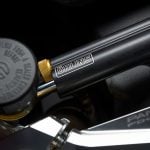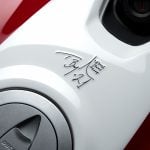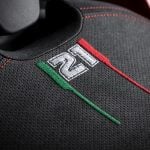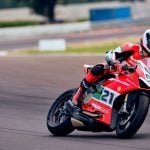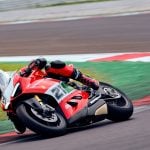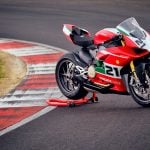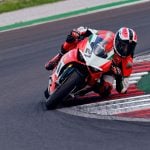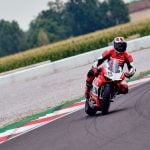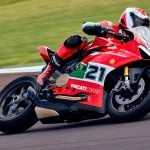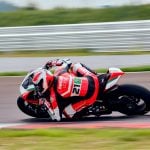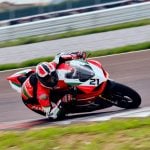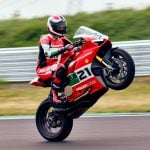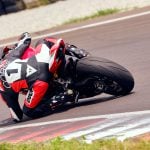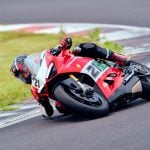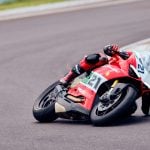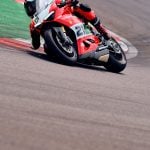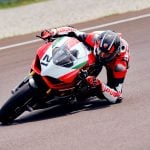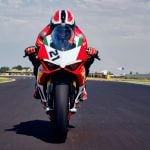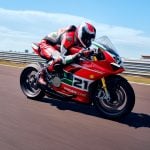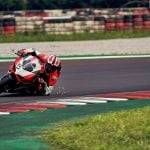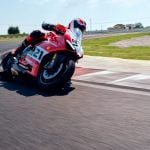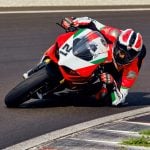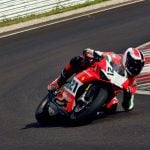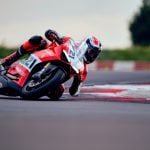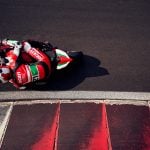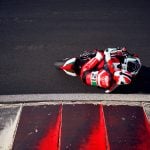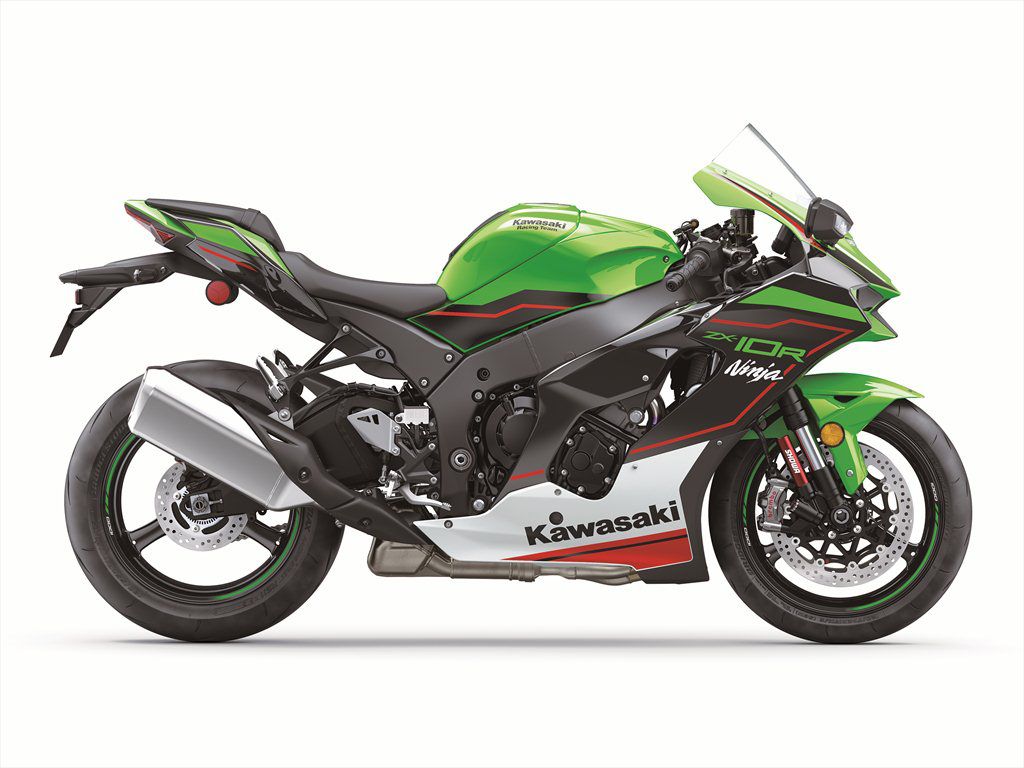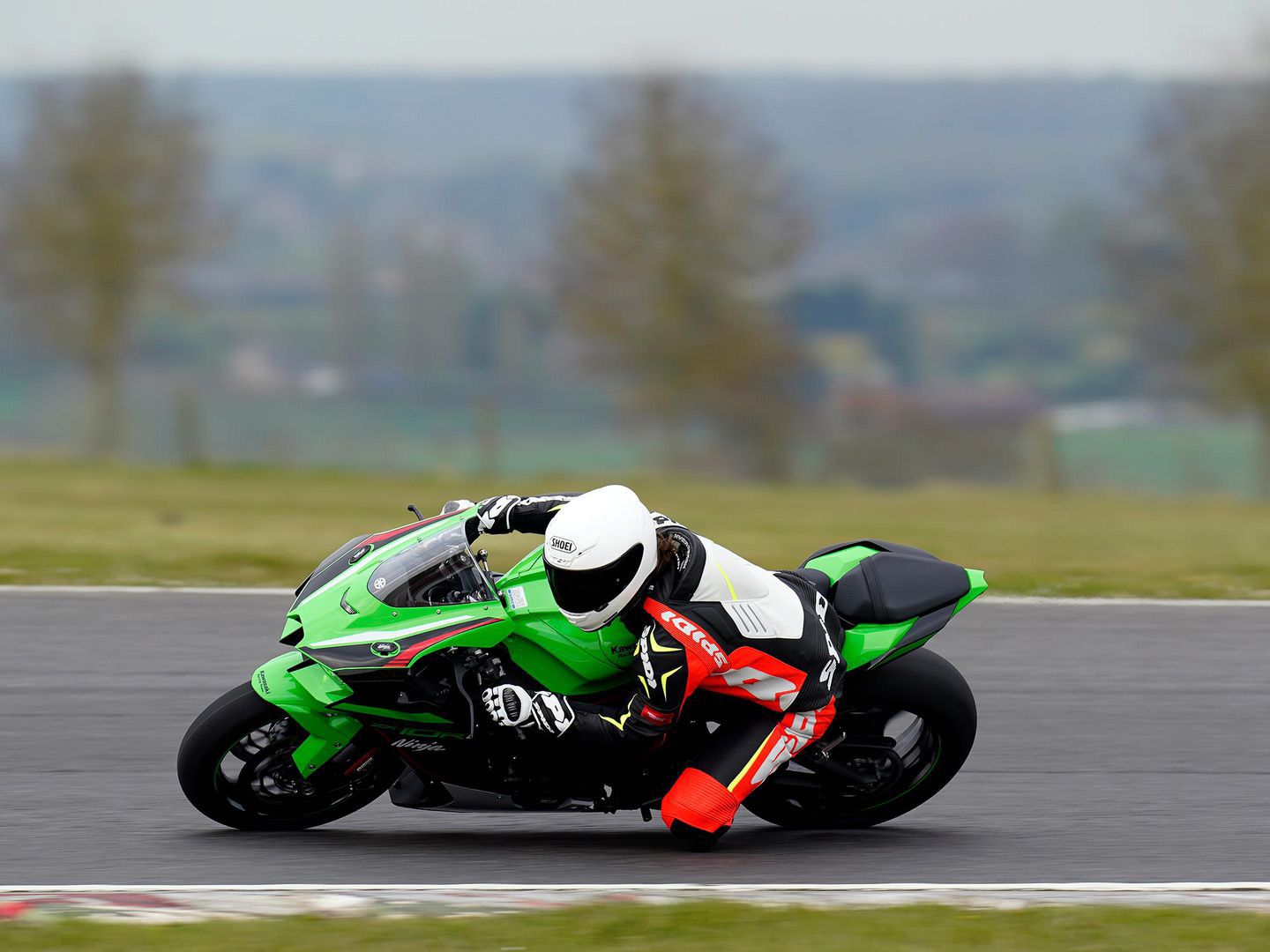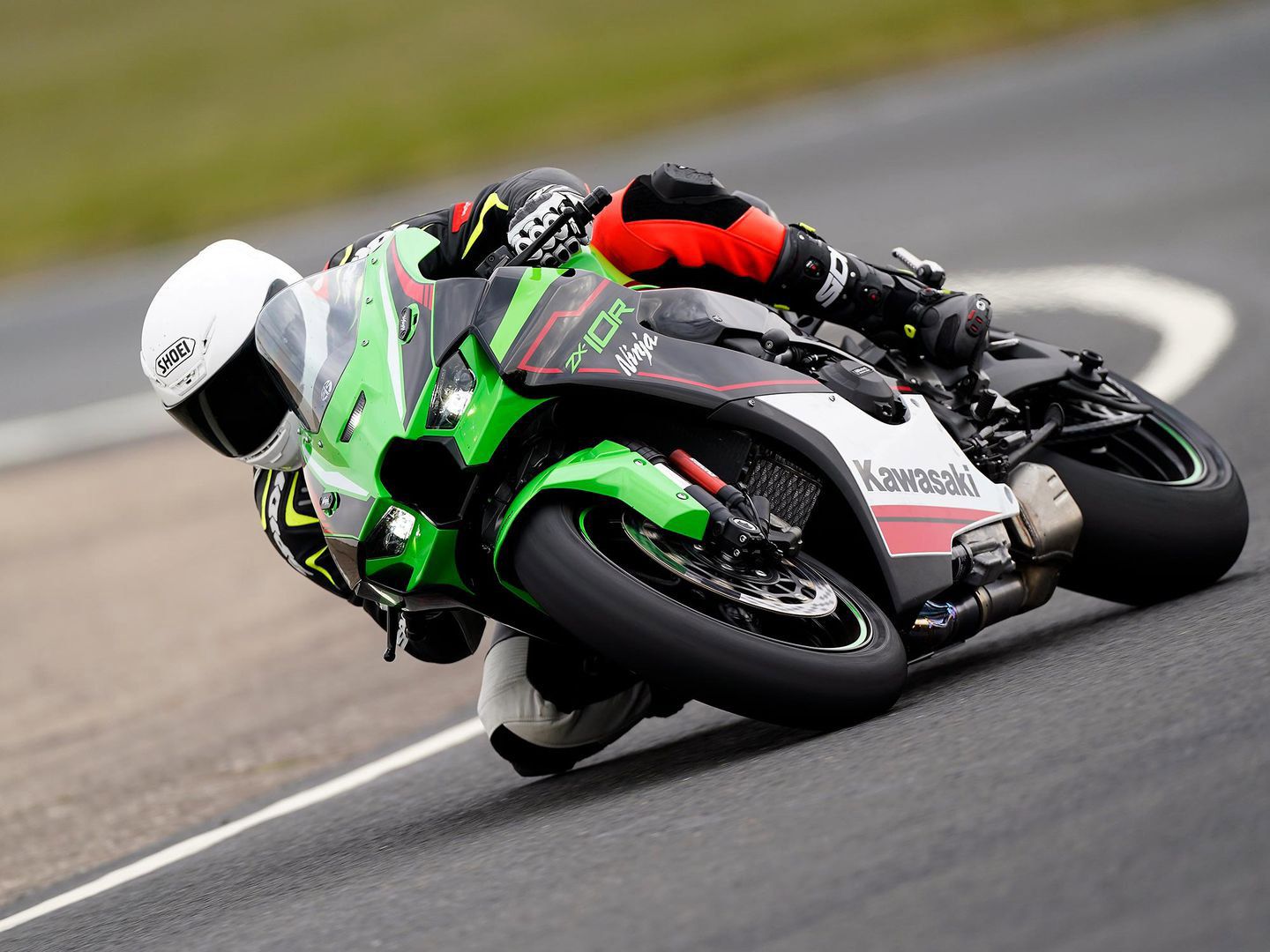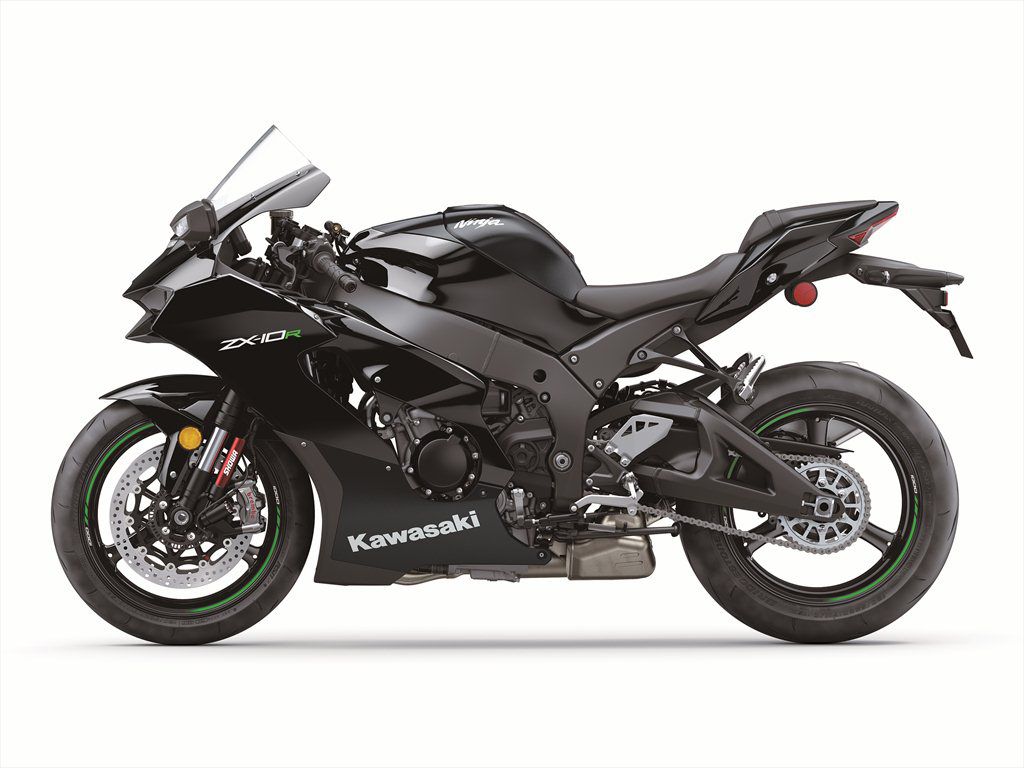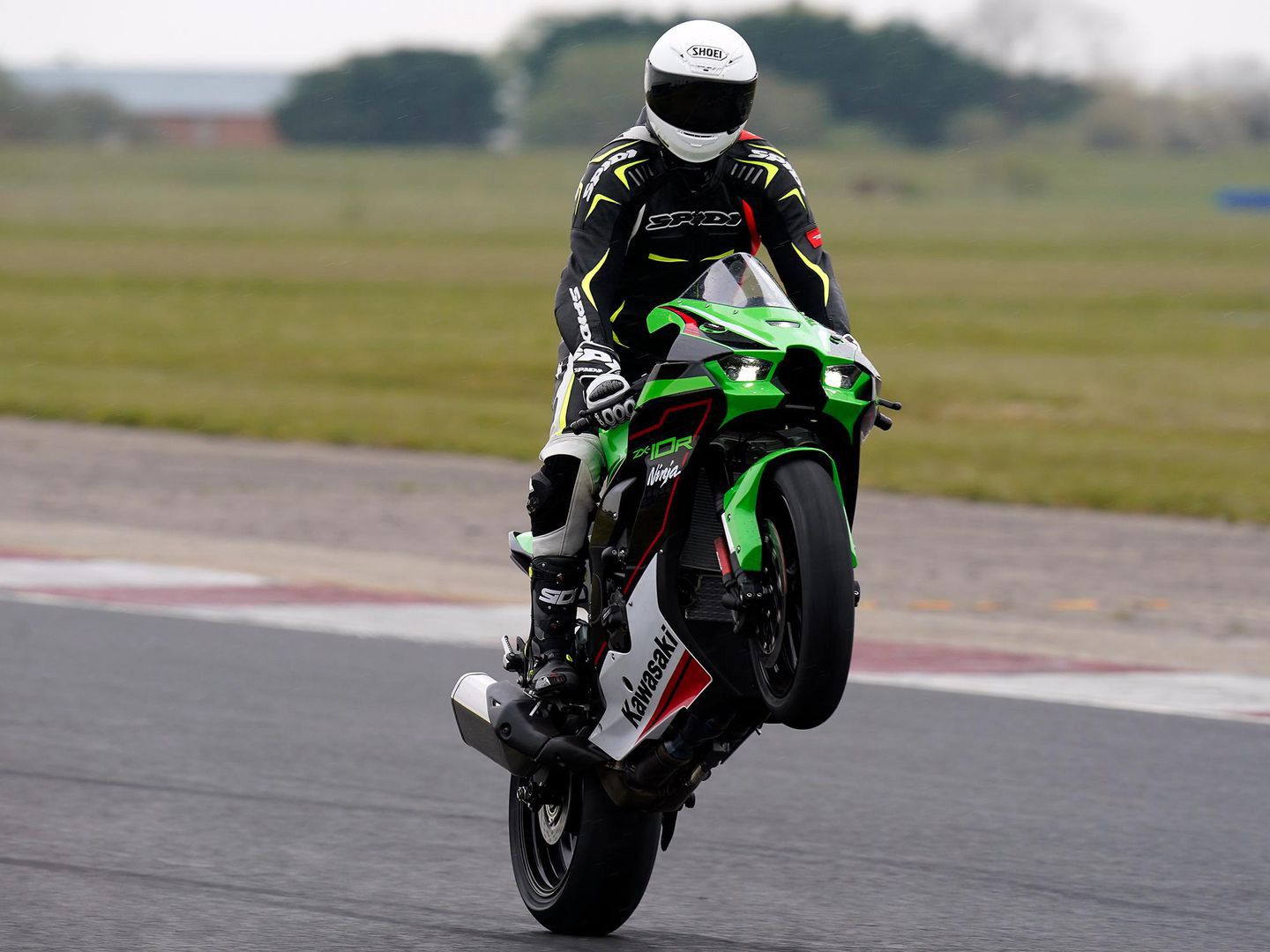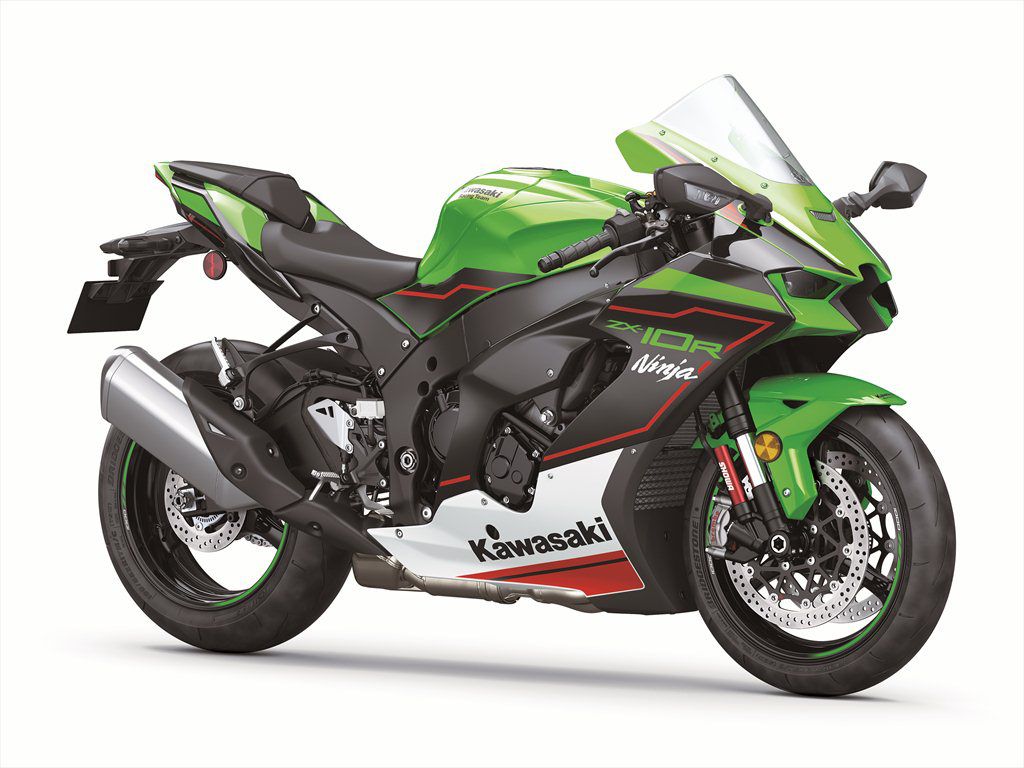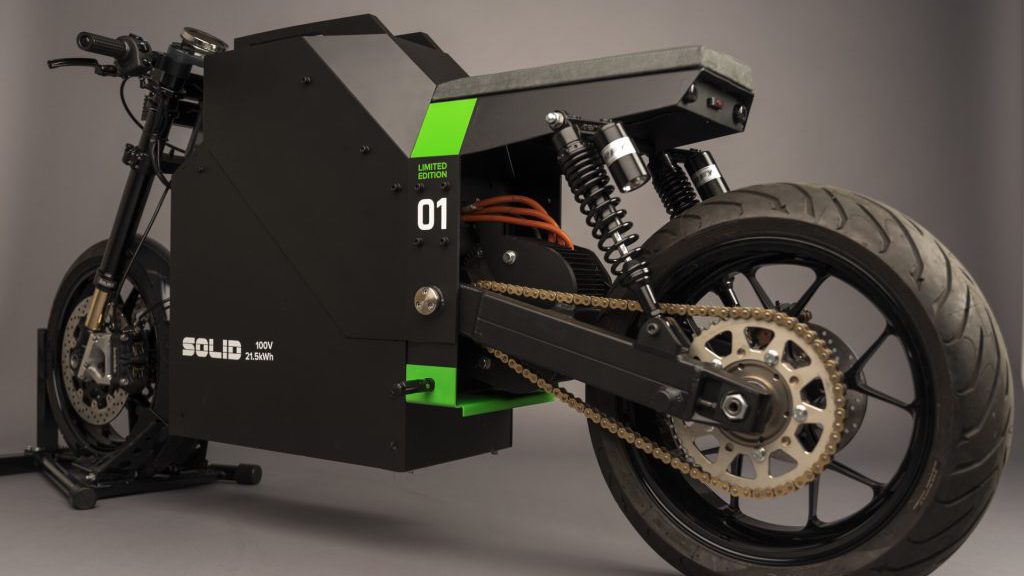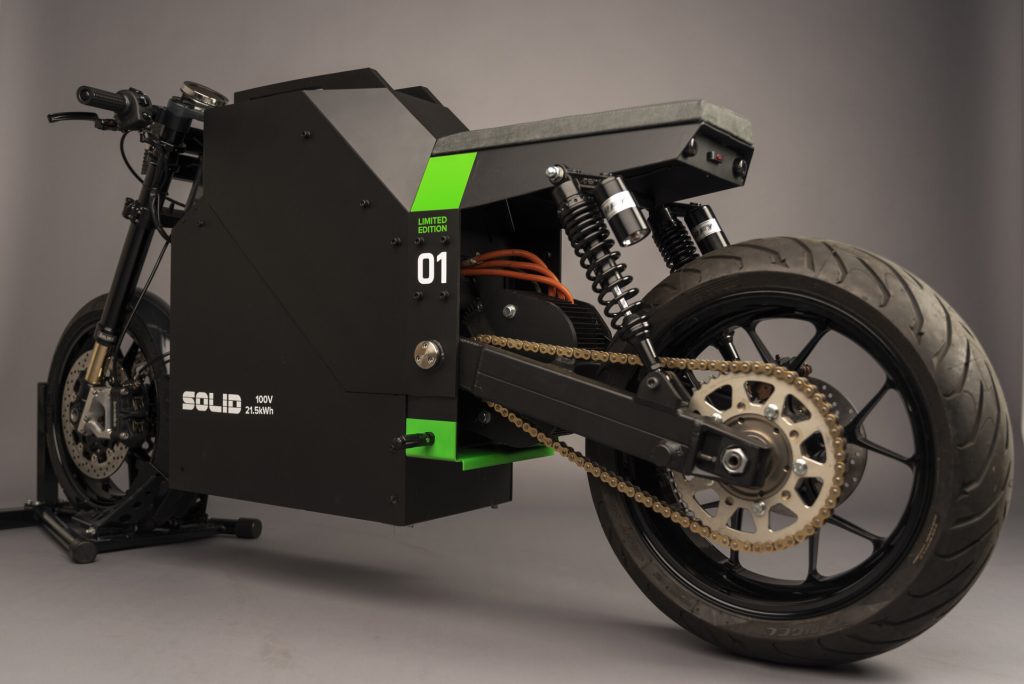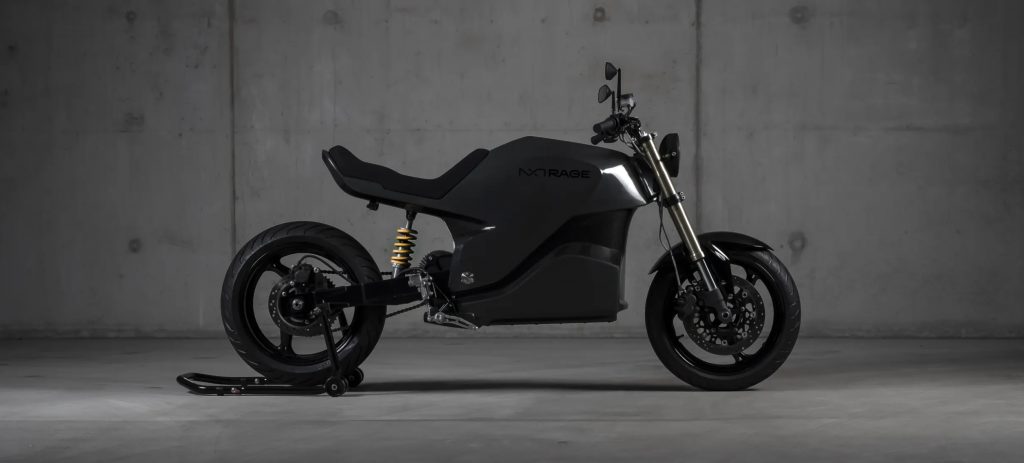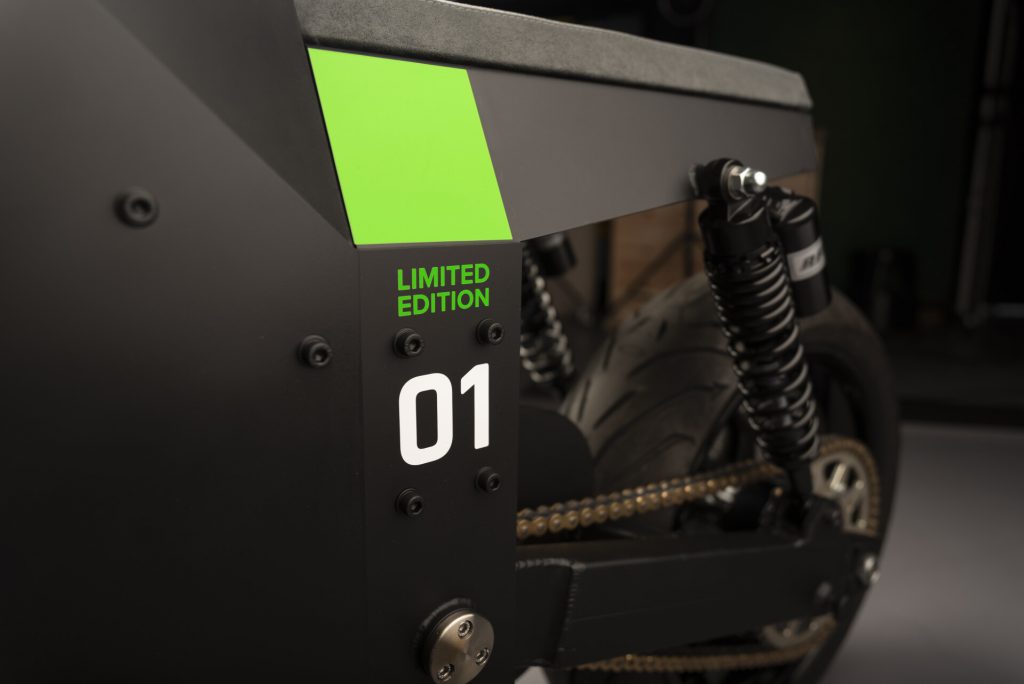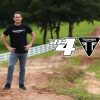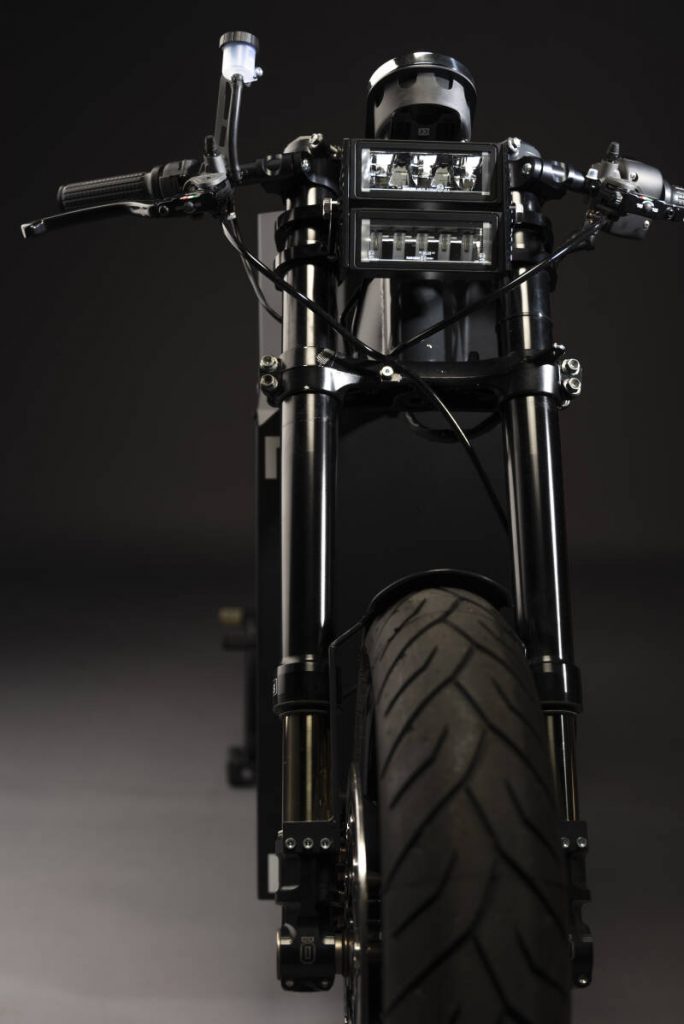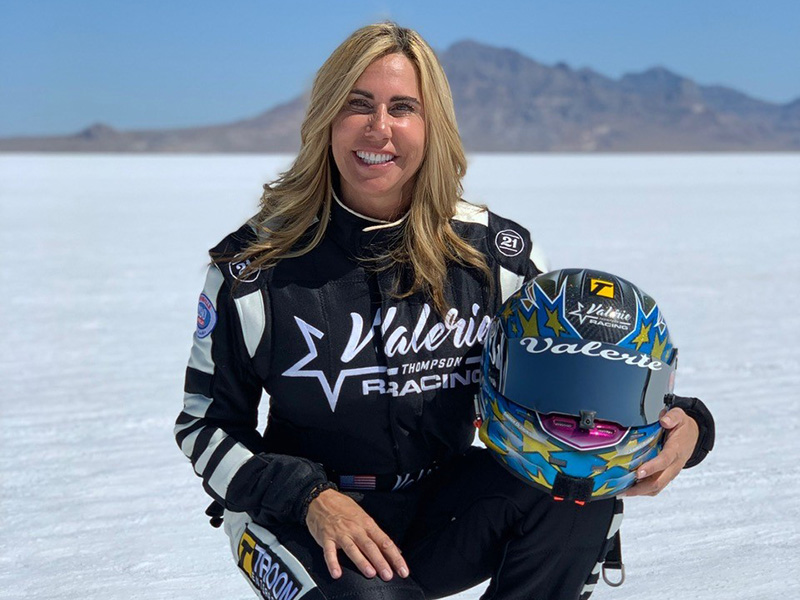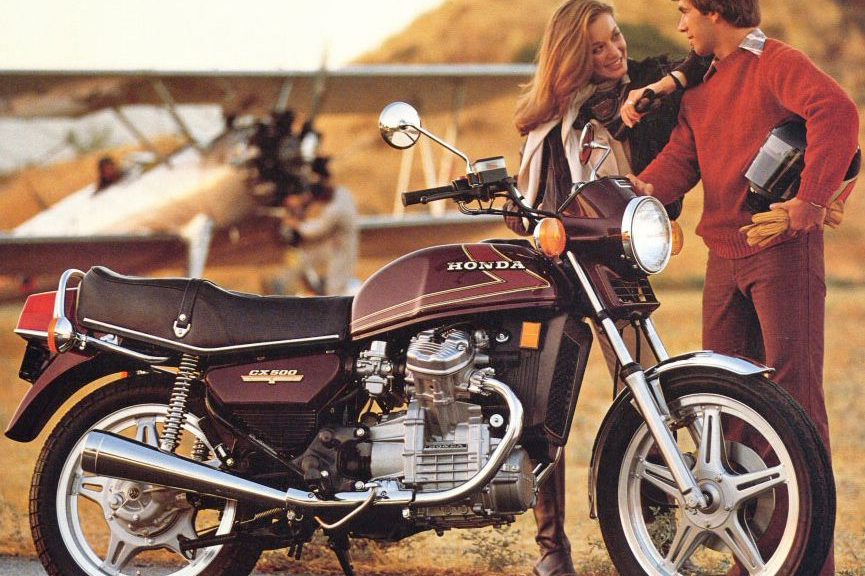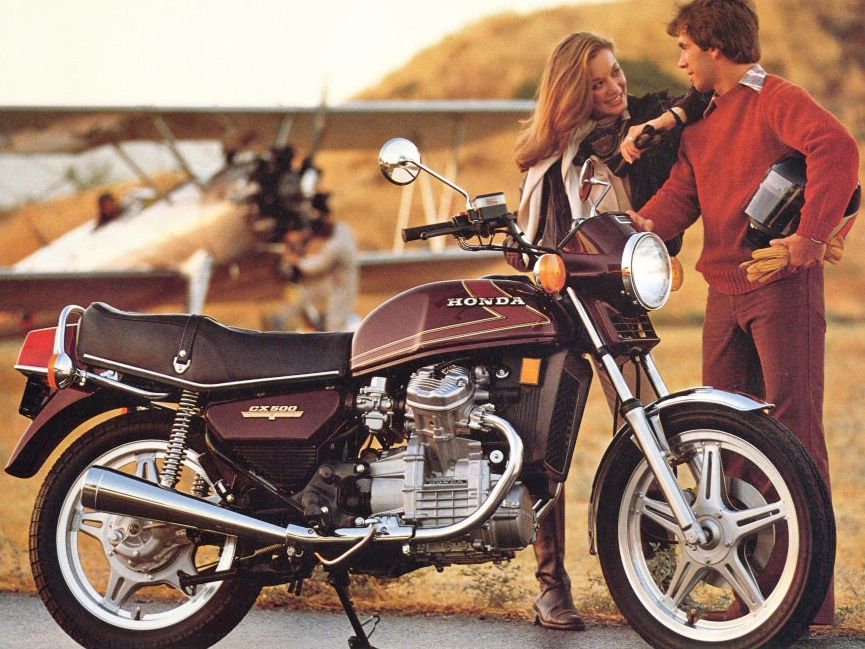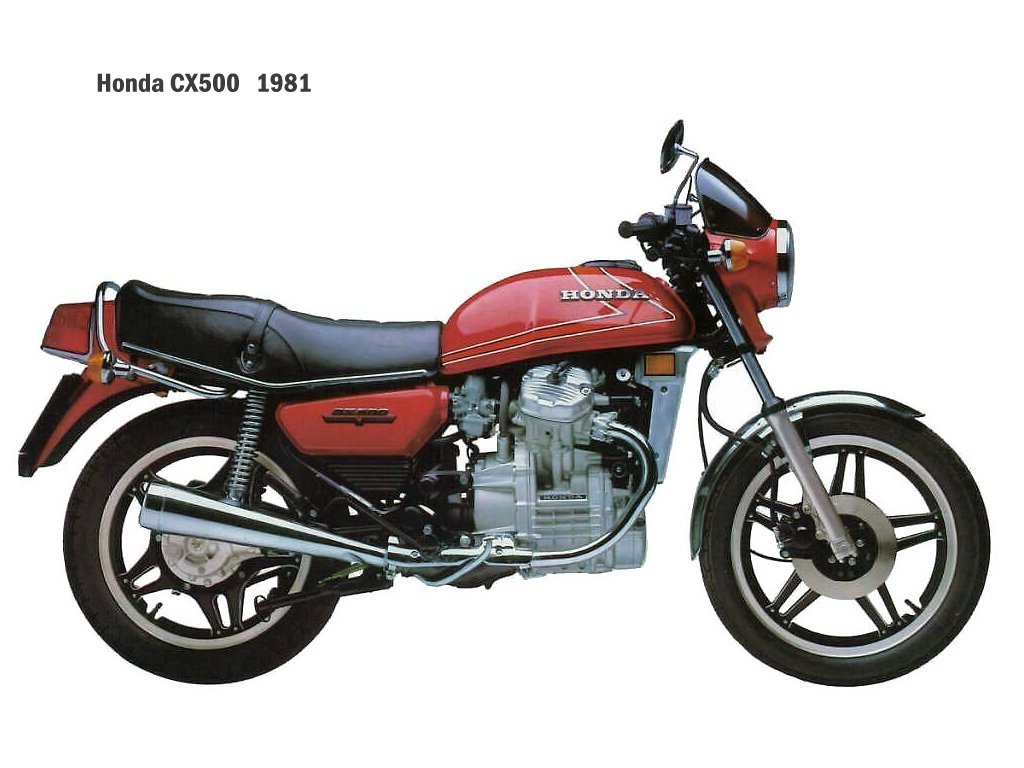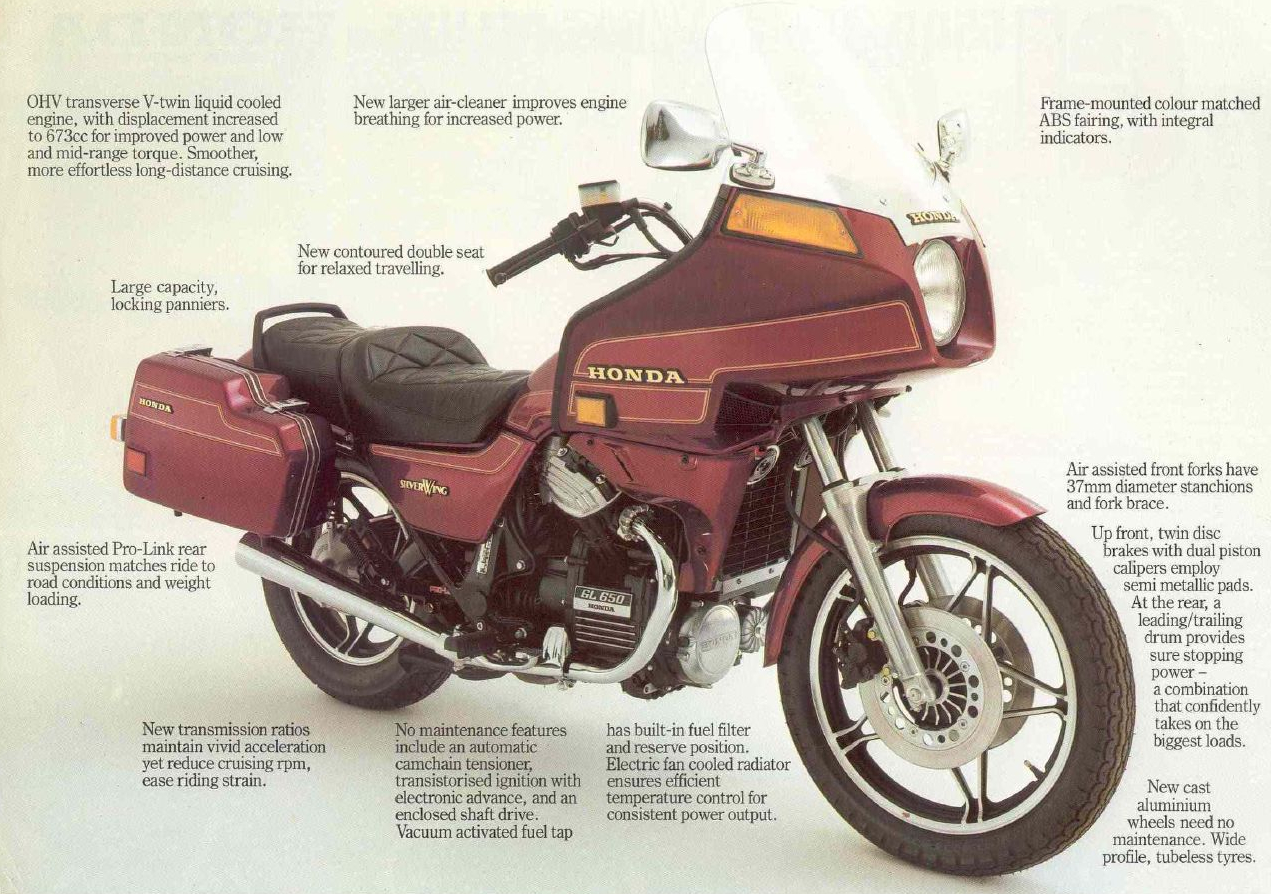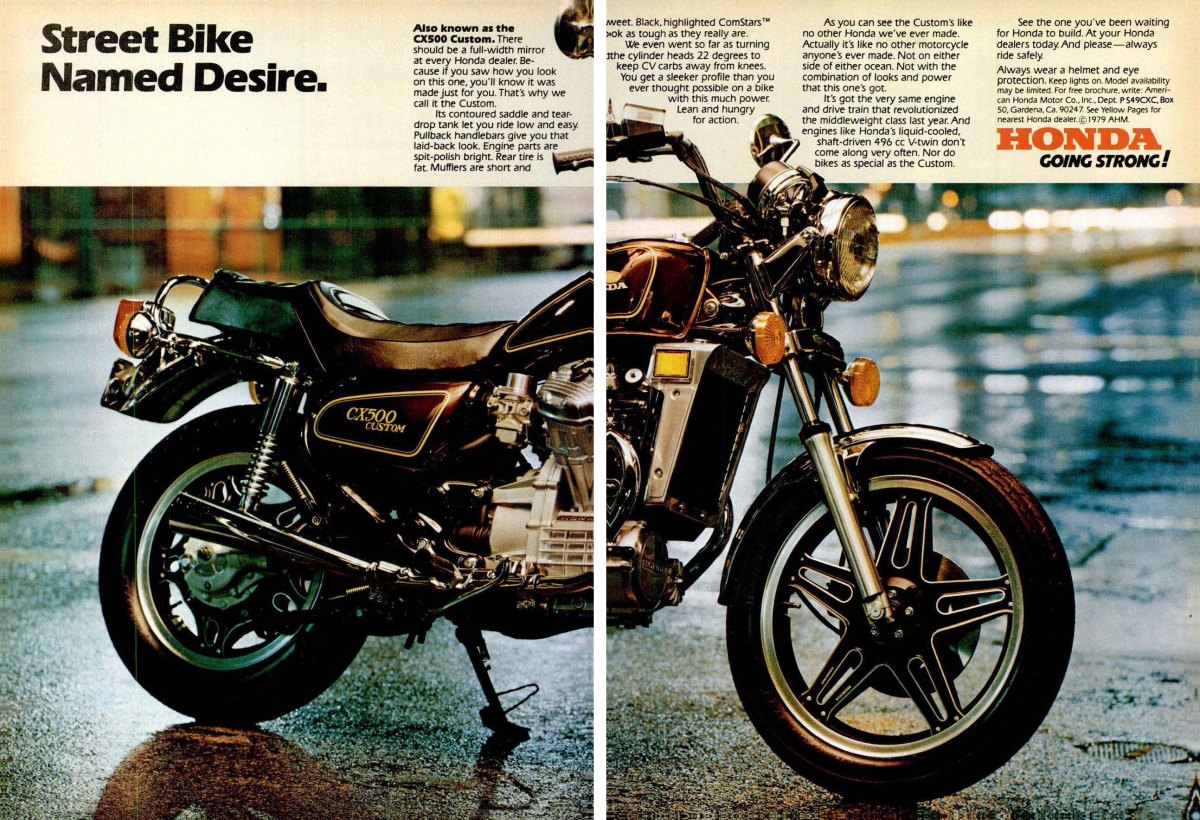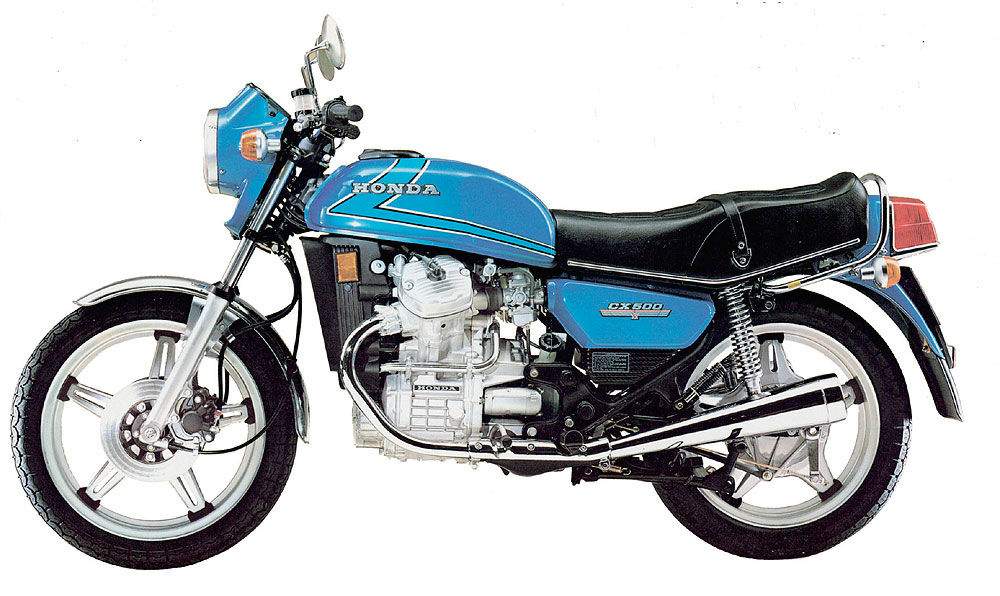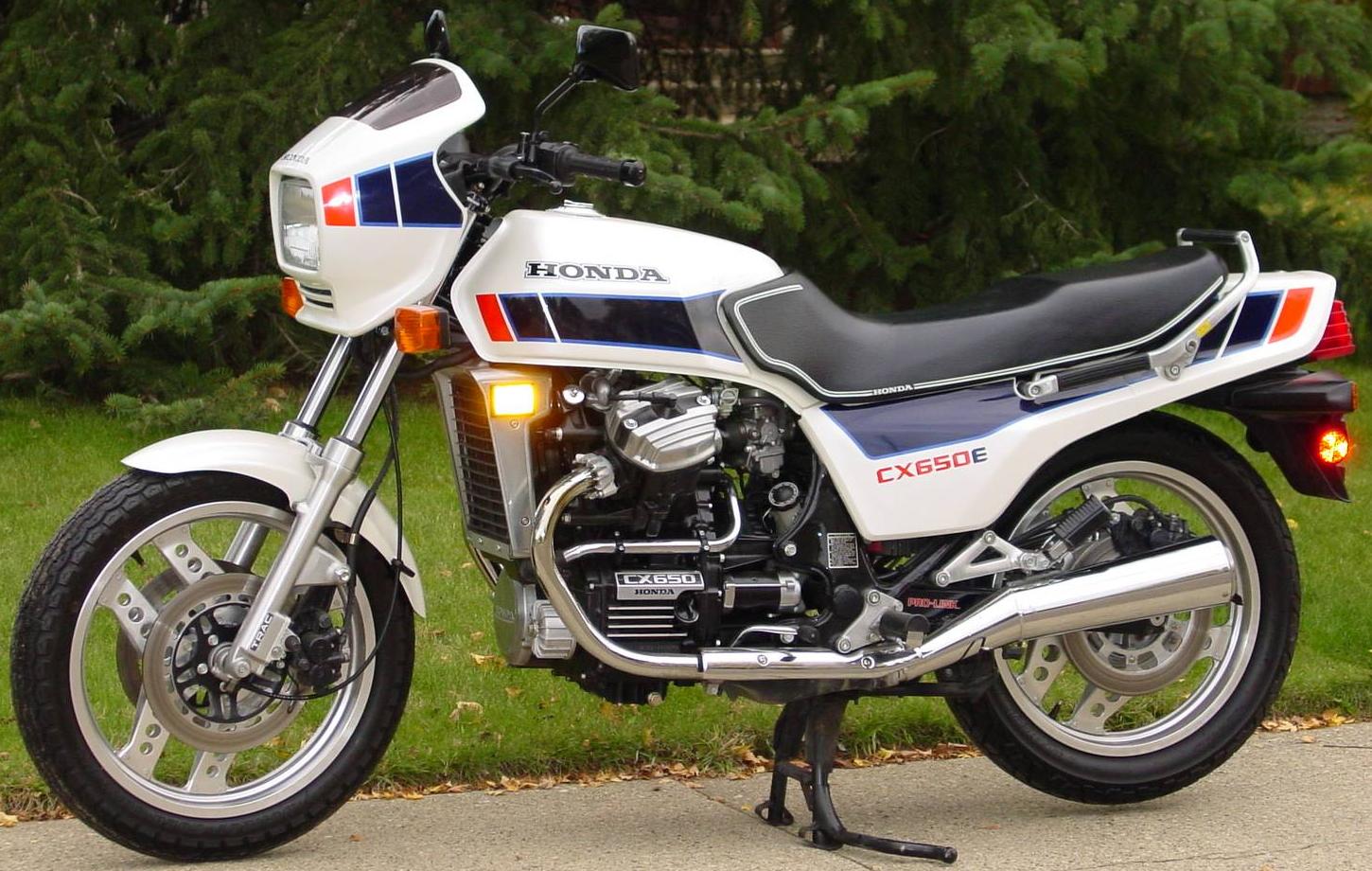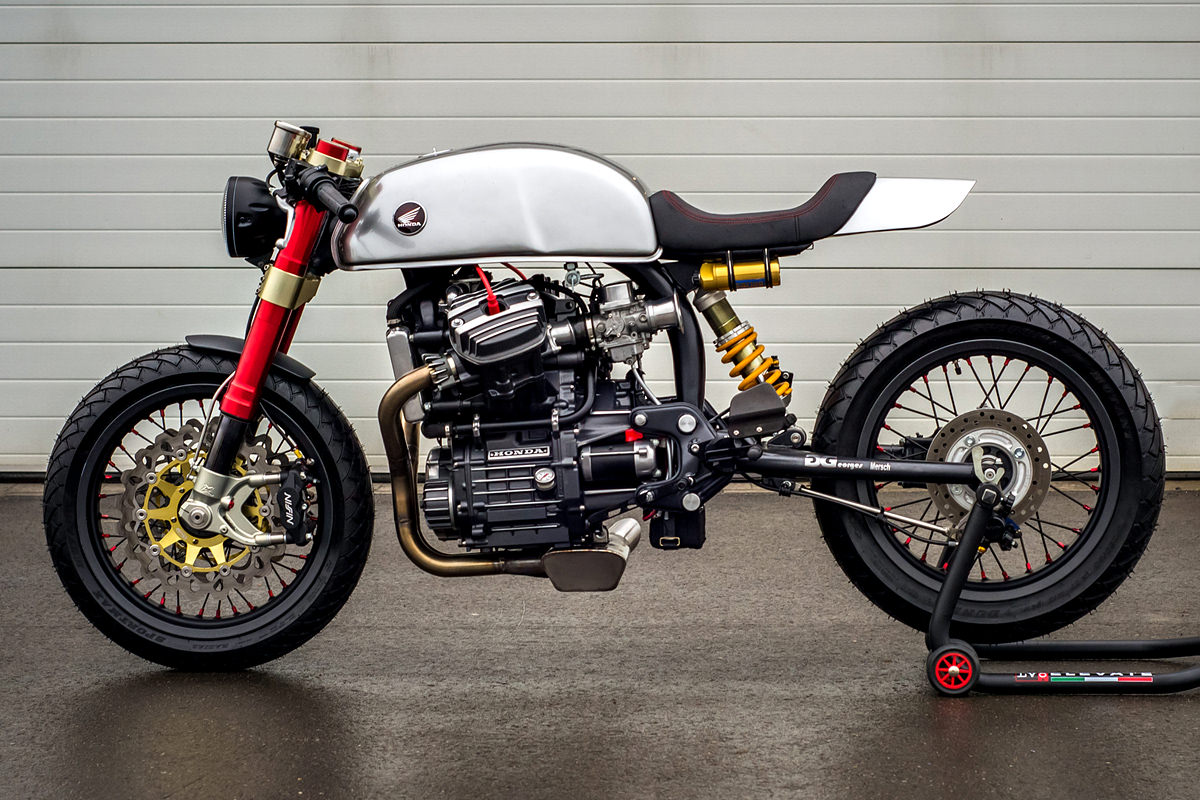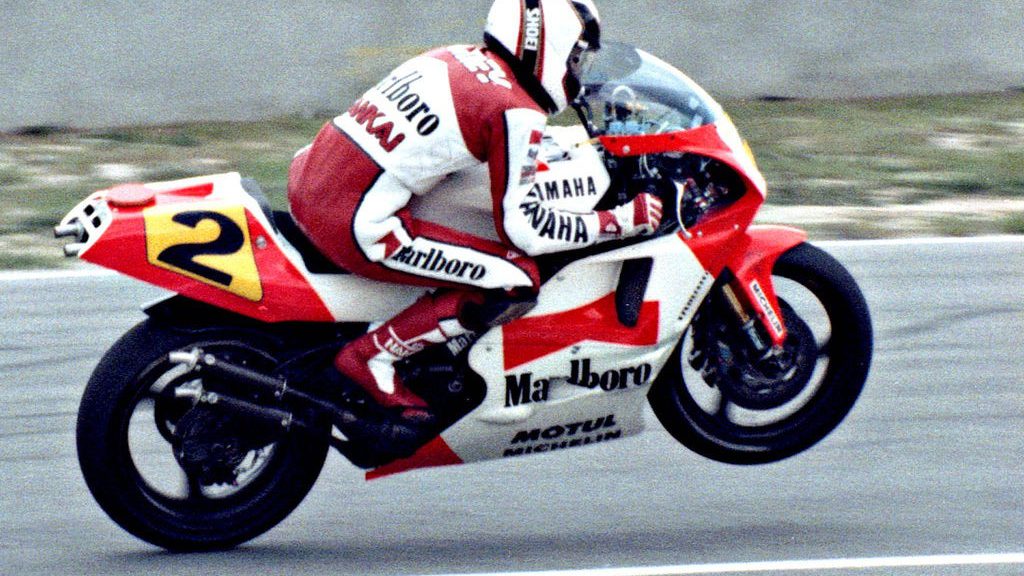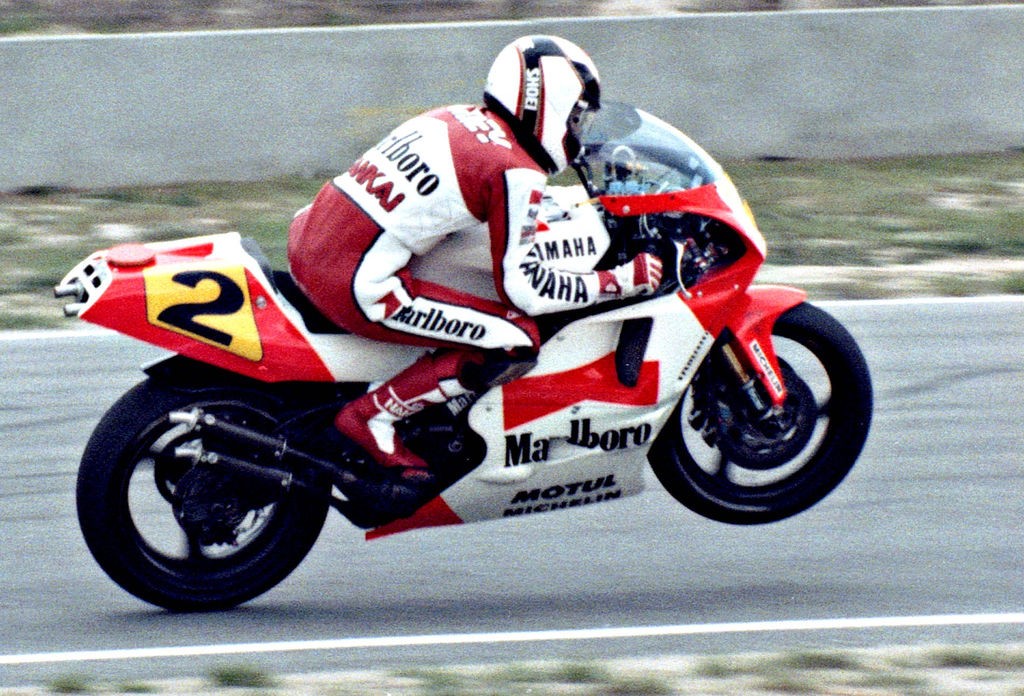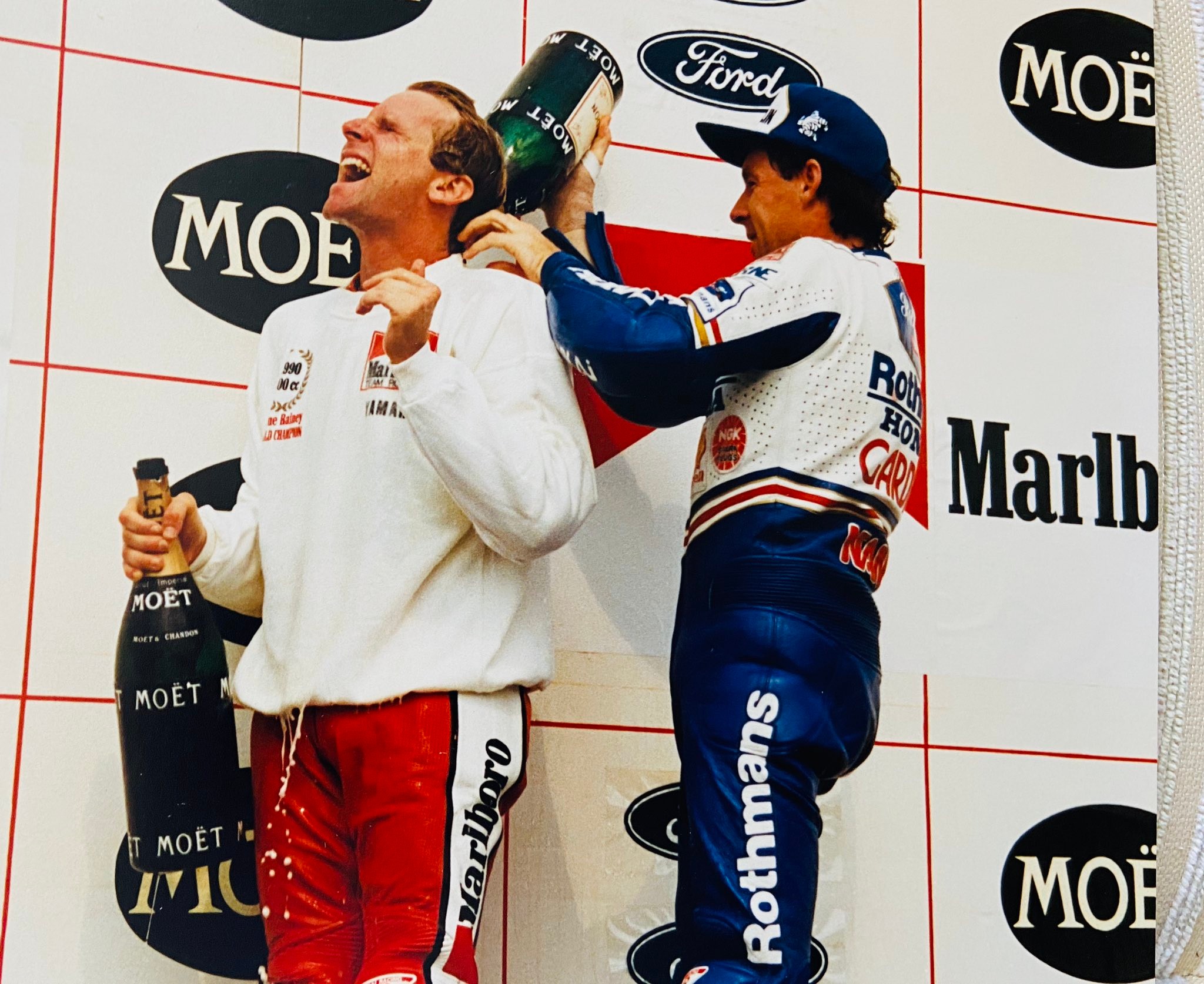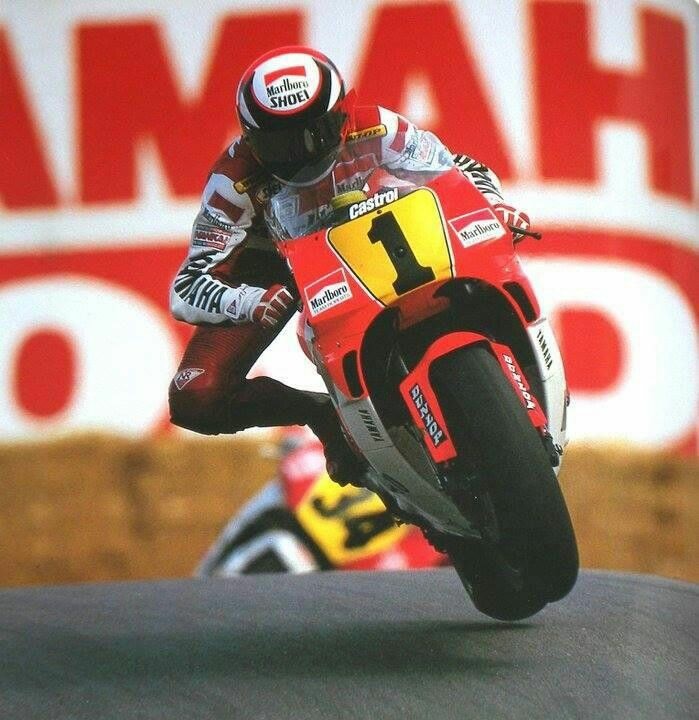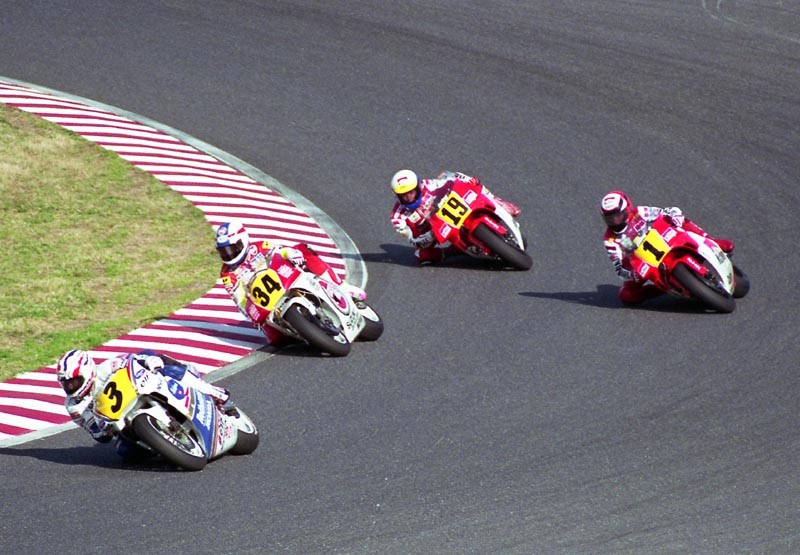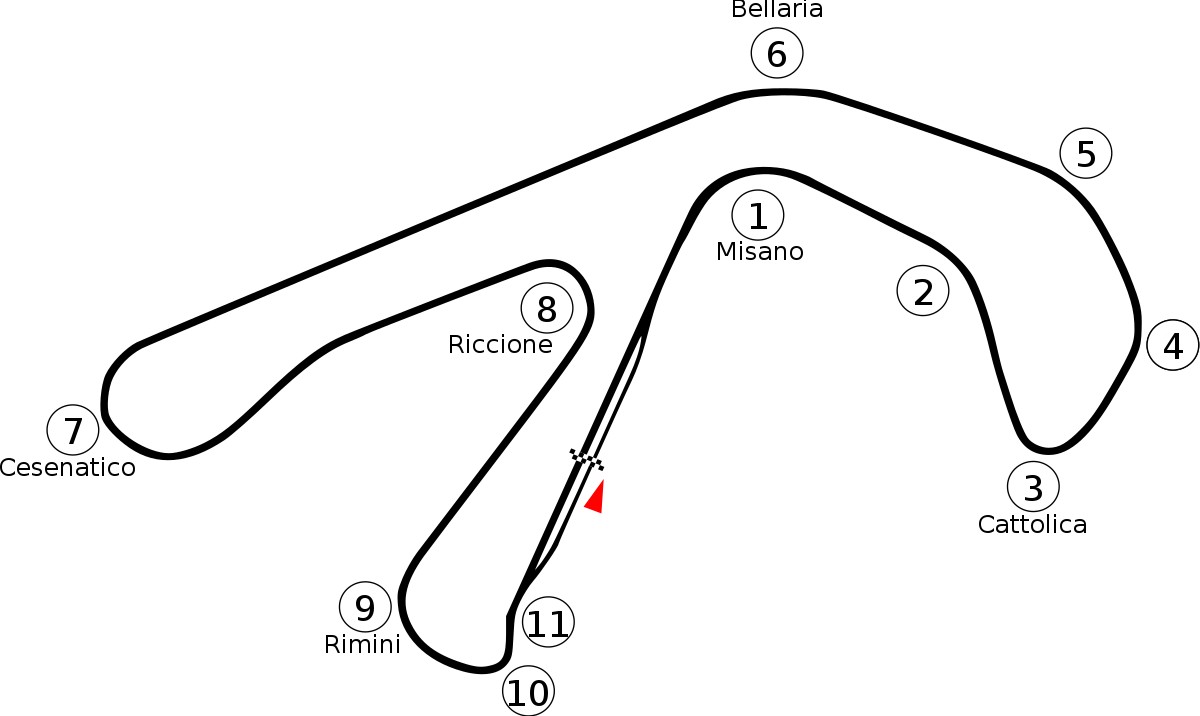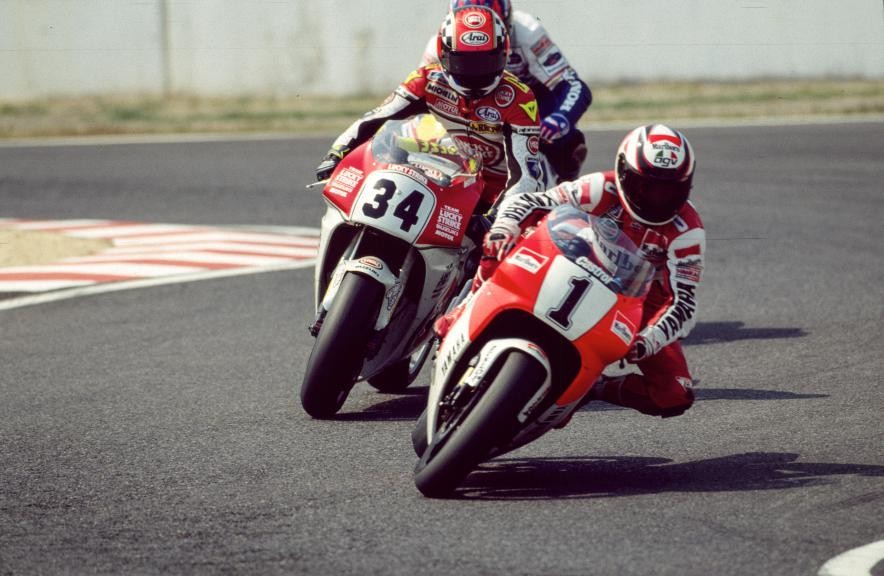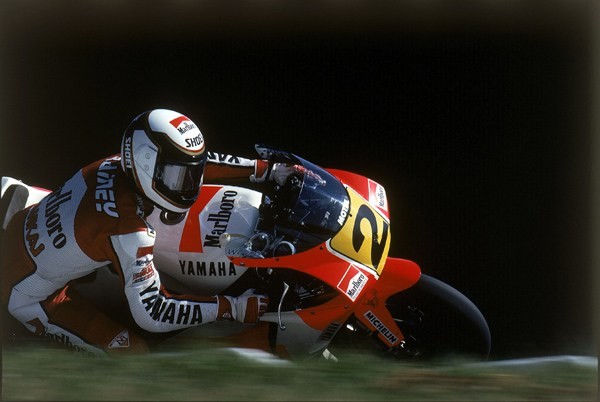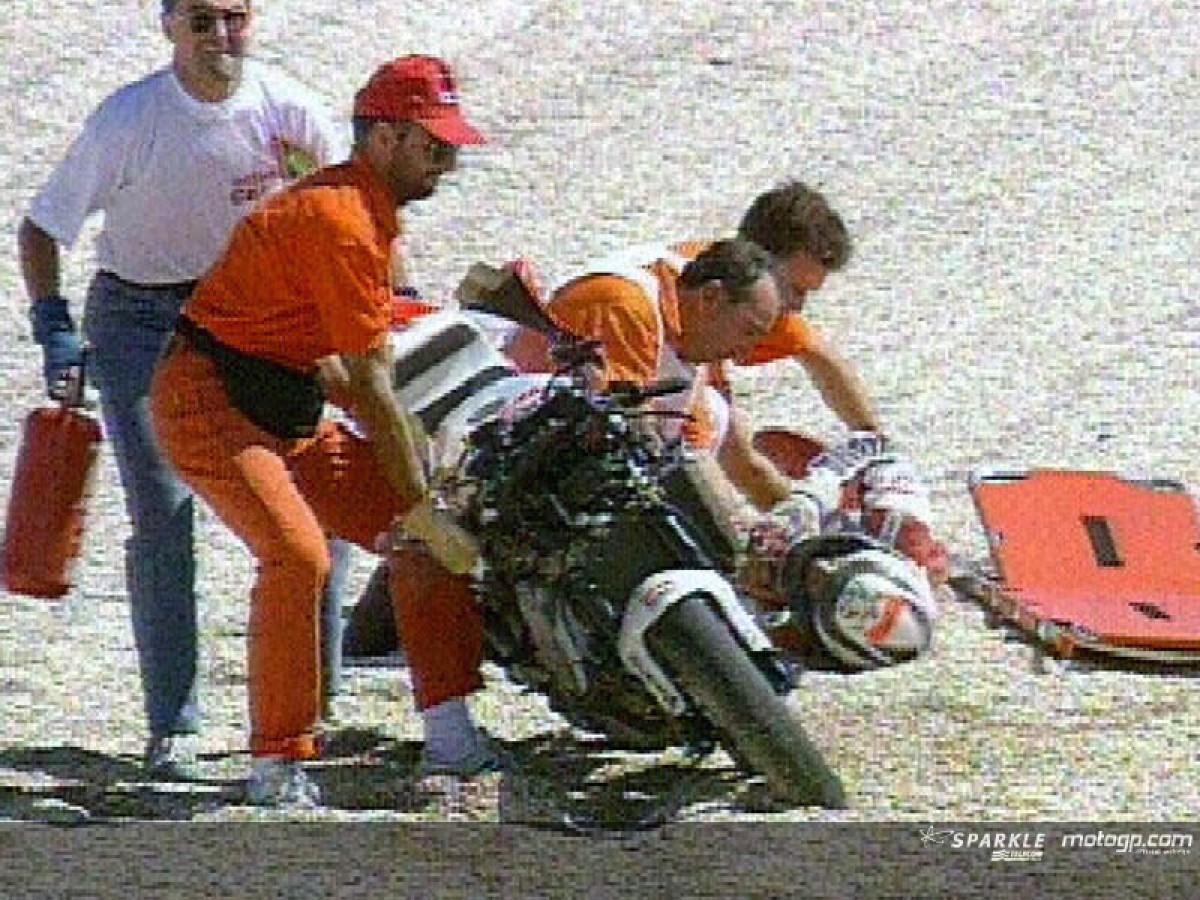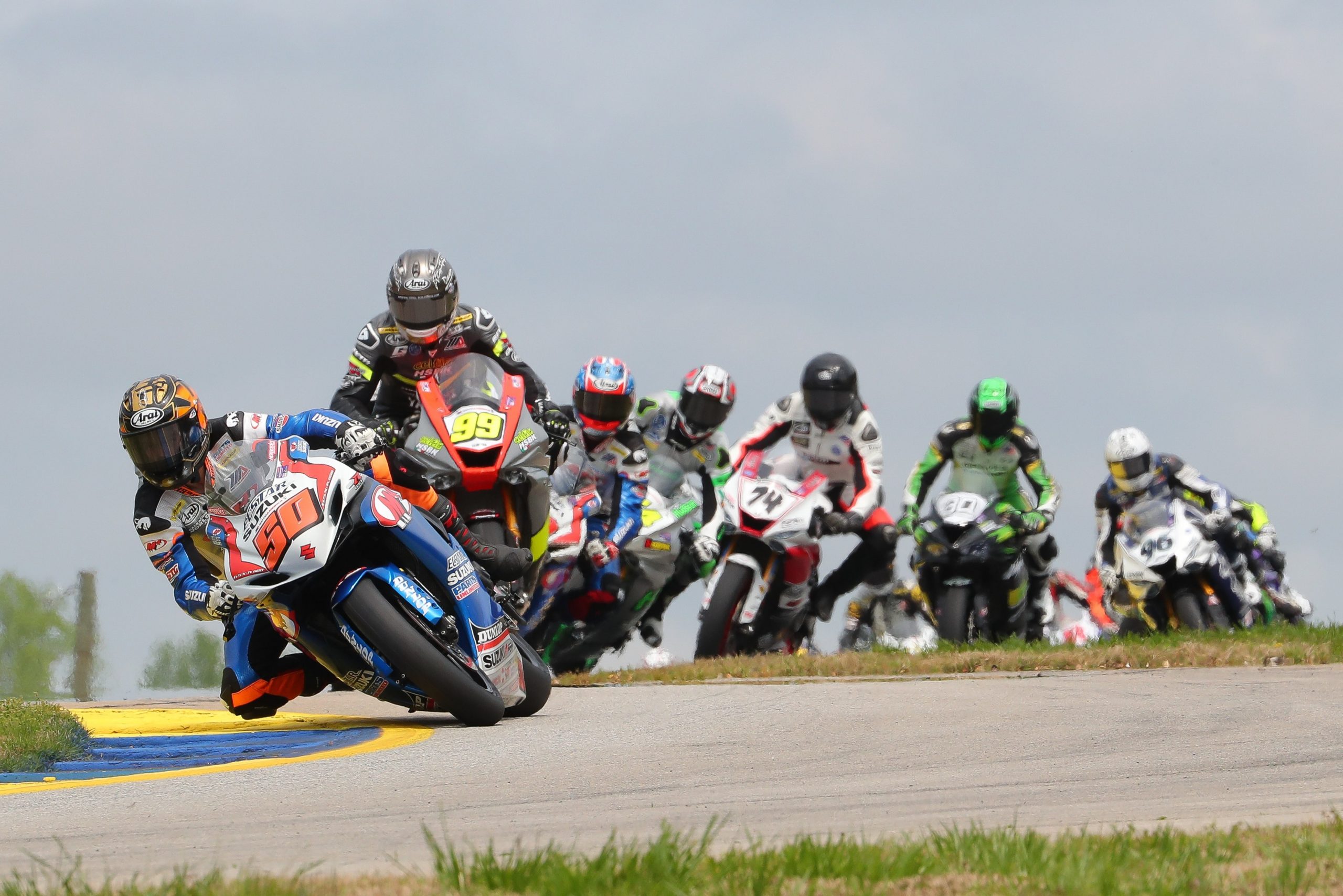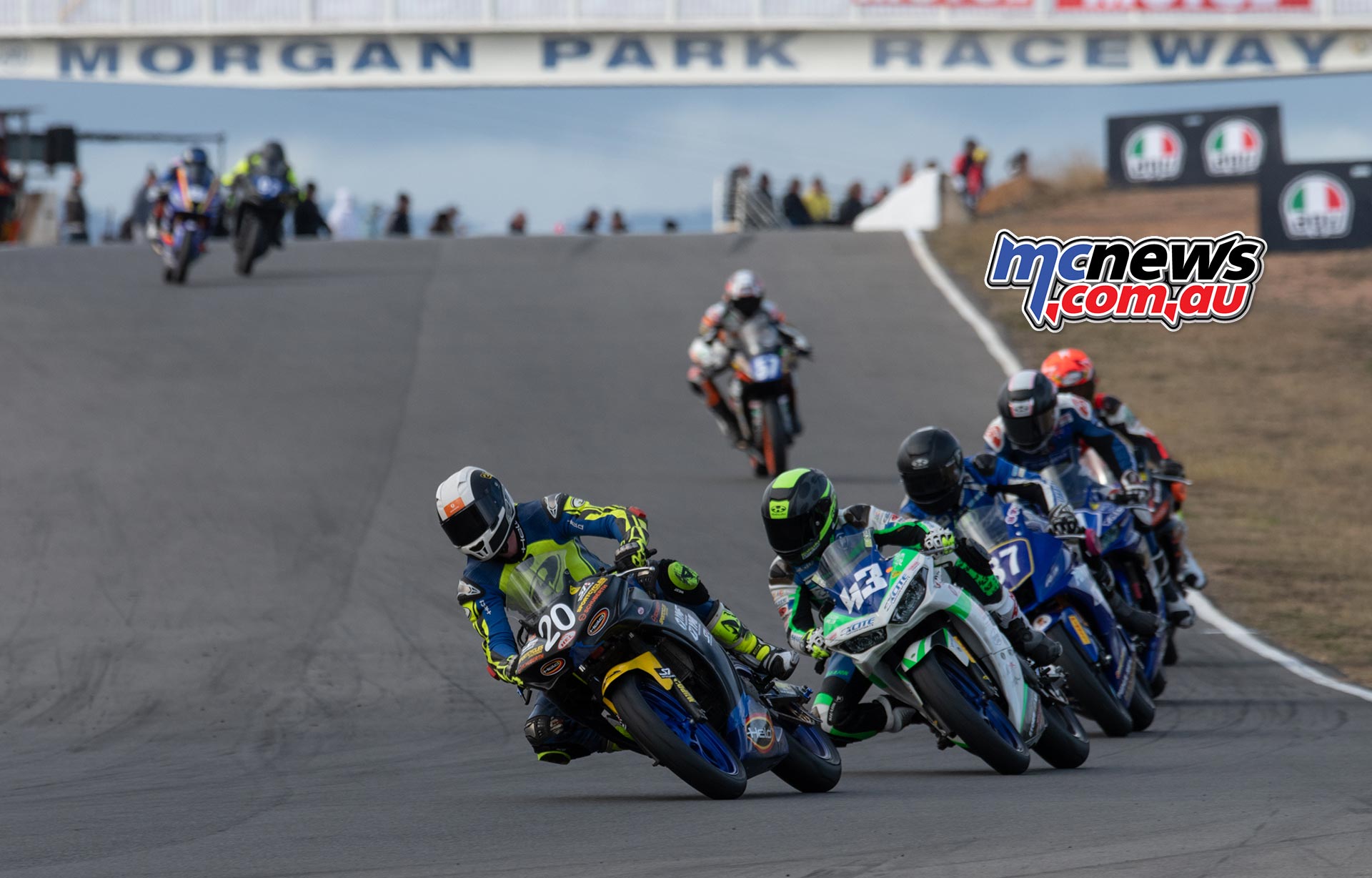2021 WorldSBK Round Five
TT Circuit Assen – Prosecco DOC Dutch Round – Friday
It was a close run Friday in the WorldSBK class at the TT Circuit Assen for round five of the Championship at Assen
Some 13 riders were covered by less than a second, with Jonathan Rea (Kawasaki Racing Team WorldSBK) leading the way on combined times ahead of Garrett Gerloff (GRT Yamaha WorldSBK Team), whilst Scott Redding (Aruba.it Racing – Ducati) was third, having led the way in FP1. It was a strong day for parity across the manufacturers, with all five brands inside the top five places come the chequered flag.
It was a solid first day for Jonathan Rea, as the Ulsterman enjoyed a strong afternoon session after finishing second in the morning. Despite a major moment with around 20 minutes to go in FP2 coming into the final chicane, he finished in first in the afternoon, thus placing him top overall.
Jonathan Rea – P1
“They have re-asphalted the track at Assen since we were last here and it is incredible. They have done a great job. Massive congratulations to them because it was like when Misano was resurfaced; it is like a different track. You can attack more and the rhythm is faster. I feel good with the bike and this morning I was up to speed quite fast, although also we had to understand different tyres and so on. We put what we thought would be the race package together for the second session and my crew chief Pere said that if it felt good, just stay out and do a longer run. We did a long distance stint and I felt quite comfortable all through the session. It was good for the first day but we need to improve in some areas. We will sit down now and come up with a plan for Saturday.”
Teammate Alex Lowes (Kawasaki Racing Team WorldSBK) didn’t have the sharpest of mornings in the Netherlands as he was only 12th but was back inside the top ten in ninth overall and did a 13-lap run, gathering data for the weekend ahead.
Alex Lowes – P9
“It is nice to be back at Assen. It is my first time here with the Kawasaki and the times are quite close. We tried a couple of things in the afternoon and I felt pretty good on the bike. I was quite consistent. I felt a lot better than the final position and when we looked at the timesheets afterwards there were a lot of guys who did a couple of good laps, but then their overall pace was a bit slower. I would say it was fairly positive in that respect and I have got a lot more information about this track with this bike. Sometimes having a lot of experience of riding different bikes at one track goes against you because you are searching for something that feels different. I would say it has been a good day; plenty of laps and a nice, calm approach. I am looking forward to Saturday morning and FP3 to find some improvements in a couple of areas.”
Top Yamaha honours went to Garrett Gerloff (GRT Yamaha WorldSBK Team), as he celebrated his Yamaha contract extension with P2 on day one, trading positions with Rea for top spot.
Garrett Gerloff – P2
“Riding here on a MotoGP bike is totally different from riding here on a Superbike. The hardest thing for me this morning was to change my muscle memory and my breaking markers from the ones I had developed on the MotoGP to the ones I need on the R1, but it was kind of difficult to do and I struggled in FP1. After resetting my mindset though, everything felt much better in the afternoon. I feel good, we have decent consistency, but I keep making mistakes that cost me more than half a second per lap, such as running off the track here and there. That is something I have to clean up tomorrow, but when I don’t run off I feel very consistent, also thanks to the great work the GRT Yamaha team has been doing with the setup. We have an idea of what direction we will take when it comes to the tyre compound, but I am not saying anything about it yet, I will just say we will choose a black and round one! The nature of this track allows the whole field to stay close together, no bike is the clear favourite, so it will be a big battle tomorrow.”
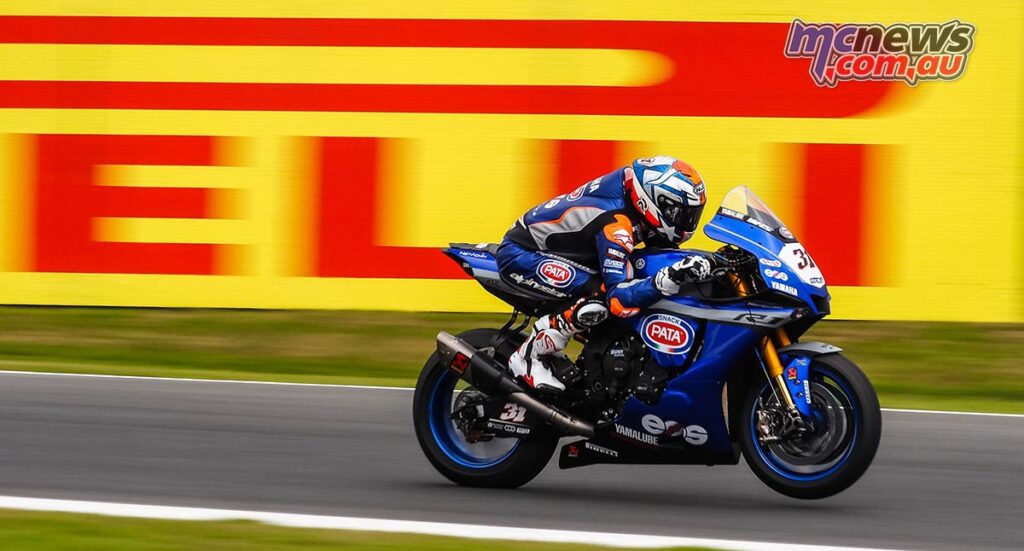
Championship leader Toprak Razgatlioglu (Pata Yamaha with BRIXX WorldSBK) had a busy day where he was inside the top six but didn’t feature inside the top three too much, as he adapts to Assen aboard the Yamaha. In the end, Razgatlioglu ended the session in fifth and was sixth overall.
Toprak Razgatlıoğlu – P6
“Every rider was very close today, and also all riders are trying to understand the rear tyre because the SCX tyre and soft tyre did not work so well in this conditions. We did not try a long run like normal, just focus to find a good tyre and good setting for the race. Tomorrow we will also try again a change to the setup in FP3 because I am not quite feeling ready. For me it is different from the last time in 2019 because it is the first time riding the Yamaha here, but it was not bad! Every rider was very fast and also we had a quite ok start, but I need a little more. I am focused on each race, to try to fight for the podium – but also tomorrow qualifying will be important for a good start position.”
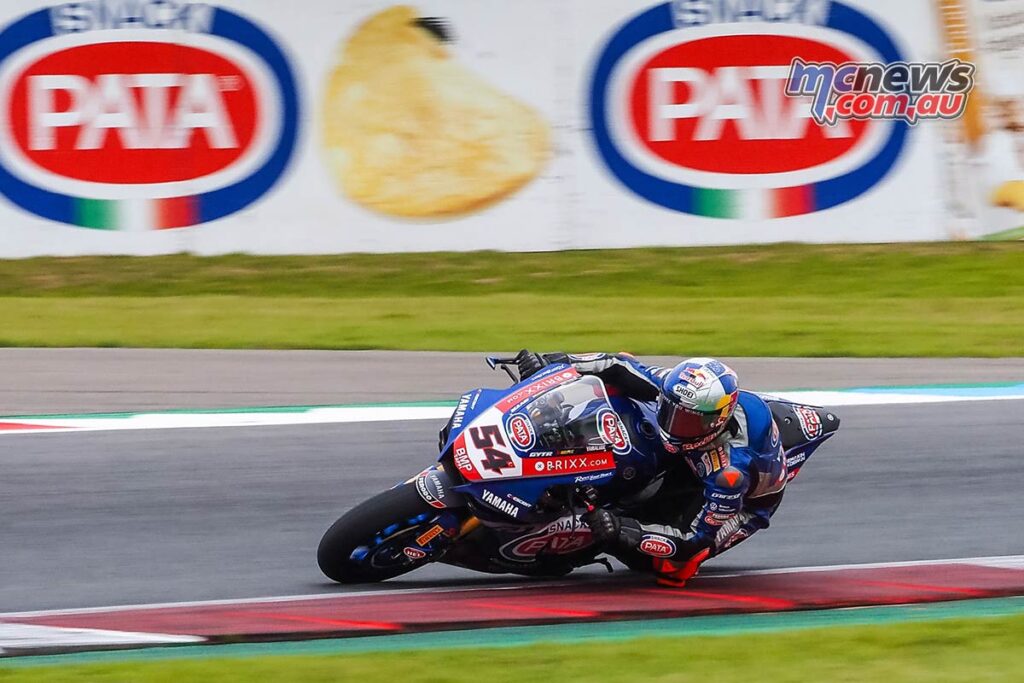
Teammate Andrea Locatelli had a more than dignified first WorldSBK appearance at Assen and was a firm fixture inside the top ten for the majority of the session. The Italian finished the day in 13th overall, although his position perhaps is not indicative of the potential he has.
Bouncing back and shining bright, Scott Redding (Aruba.it Racing – Ducati) was fastest in FP1 and was in contention throughout the afternoon as he worked on race pace. Although he didn’t feature inside the top six in the afternoon and was relying on his morning time, he was third overall.
Scott Redding – P3
“I’m satisfied with how things went today. Since the morning, the feeling with the bike has been much better than the weekend in Donington. We worked a lot with the used tires to gather information ahead of the race. There are undoubtedly the conditions to get some good results. The important thing will be to stay with the leading group from the first lap, also because my race pace seems to be incisive“.
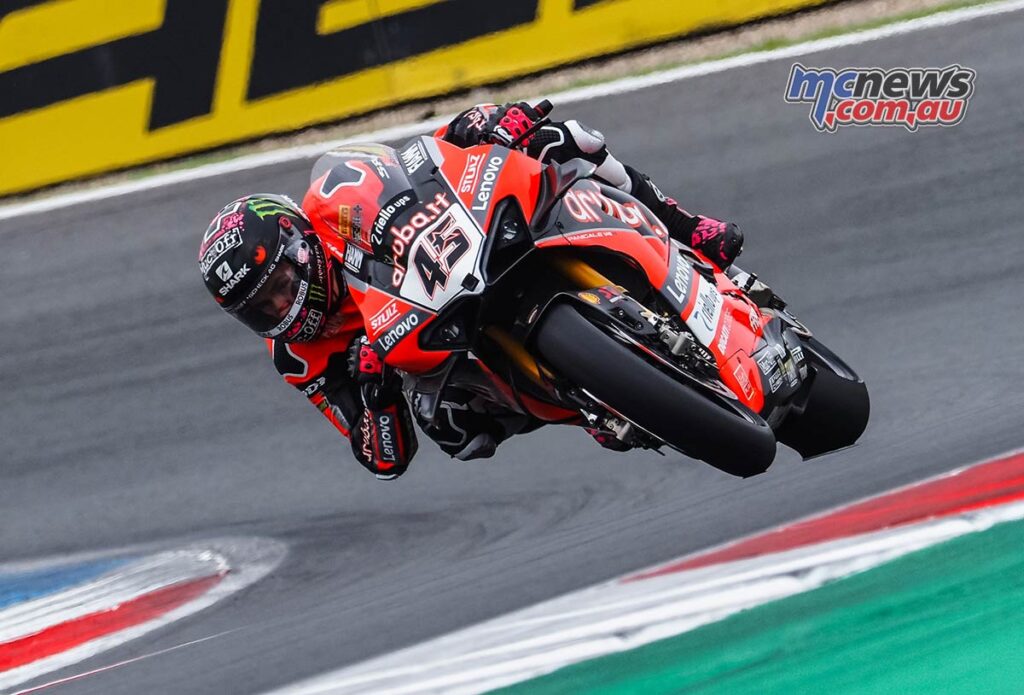
Teammate Michael Ruben Rinaldi had a strong showing in the morning but like Redding, didn’t feature quite as heavily in the afternoon but was nonetheless in contention in eighth. Both factory Ducatis appeared to have a tougher afternoon session in comparison to the morning.
Michael Rinaldi – P8
“This morning’s session was quite difficult while in the afternoon we were much more consistent. We worked exclusively on the race pace and I’m sure that if we had tried to do a lap time we would have been with the leading group. We are all very close to each other so the important thing will be to work well to understand how to make the most out of used tire, especially in the final part of the race“.
It was a turnaround in comparison to the morning session for Alvaro Bautista (Team HRC), after having languished outside the top ten in FP1, bounced back to enjoy his best Friday of the season with fourth overall and just 0.350s off the top. Bautista was visibly more confident aboard the Honda and will hope that a solid opening day can be good foundations to build on ahead of the two upcoming race days.
Alvaro Bautista – P4
“This morning I didn’t have the best feeling with the bike, so I think we’ve worked well over the two sessions in terms of set-up and in FP2 I found it easier to keep a good line through the corners which is especially important at this track. We also improved on the electronic side of things, making a better connection with the gas. So we’ve finally been able to close the gap to the frontrunners, and quite consistently. We still have room to improve in terms of both general feeling and the bike’s set-up but for sure it’s much better to be close to the top, rather than further back in the standings! We have some ideas with which to try and improve further so we’ll see how it goes tomorrow. The new asphalt is pretty good, definitely less bumpy compared to last time we came here but actually, considering the weather we had in 2019, the track conditions were going to be much better in any case!”
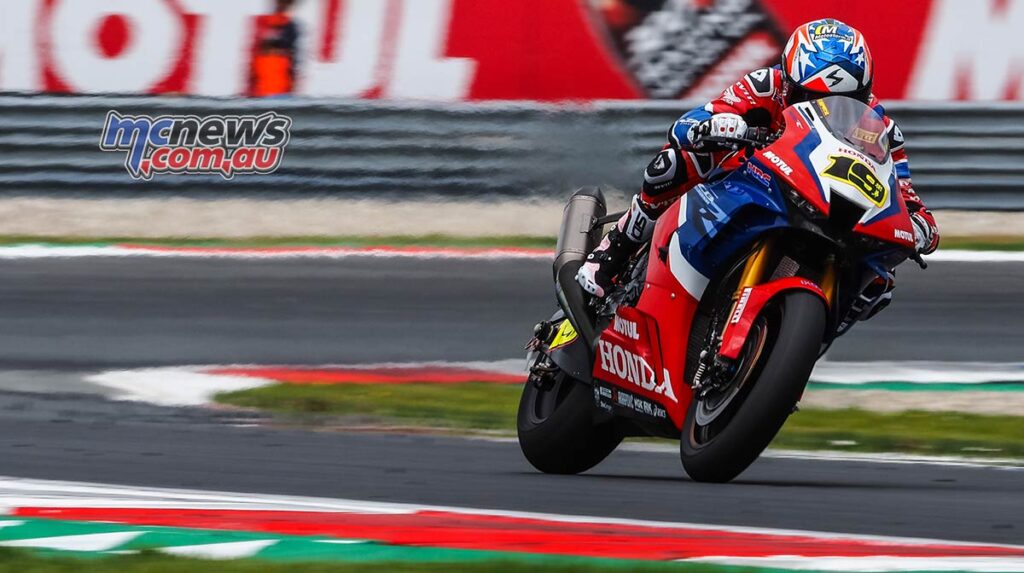
Leon Haslam (Team HRC) couldn’t match the heights of Donington Park just yet and was 12th after day one, with plenty more yet to come.
Leon Haslam – P12
“Not a bad day today. Straight away, we felt quite quick during the morning’s session, which was nice. We’re losing quite a lot of time in the first sector compared to the fastest guys, but it’s only in that section really, and I’d say we’re not far off overall. We did some work with the tyres, but although I didn’t make the same step that a lot of the guys were able to make with the new solution, I’m not unhappy and the important thing is that we know where we need to improve. We’ll see what tomorrow brings, also in terms of track temperatures, and carry on from there”.
Tom Sykes (BMW Motorrad WorldSBK Team) was flying the BMW flag in fifth place overall and was fastest at varying points of the session. Come the close of the session, it was apparent that the BMW M 1000 RR had made strides, with Sykes fastest in sector two and four – high speed areas of the Assen track.
Tom Sykes – P5
“It’s been a good day one here in Assen. To start off the guys at the Assen circuit have done a good job with the resurfacing on the track, its smooth and such a pleasure to ride. The BMW M 1000RR is working well from the previous data at Donington. Myself and my crew chief have put a plan in place and have had a smooth Friday. We have been able explore the base set up this morning in FP1 and going into FP2 we were able to expand into different tyre options that Pirelli have brought here, so now I feel we are quite prepared on this. One thing we didn’t do was fine tune that base set up on the bike which is something we will focus on tomorrow. So overall, today was a good strong performance from the whole of the BMW Motorrad WorldSBK Team and I am looking forward to tomorrow. Hopefully the weather stays dry and consistent.”
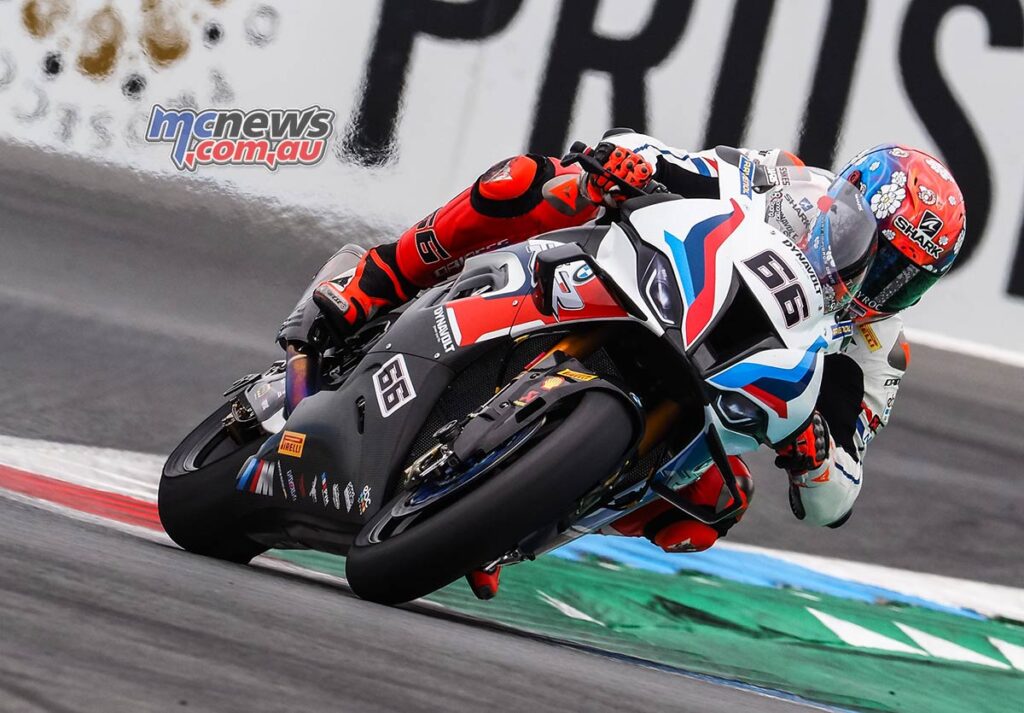
Teammate and home-hero Michael van der Mark was 11th overall and on the fringes of the top ten, albeit less than six tenths off top slot occupied by Rea.
Michael van der Mark – P11
“It was quite a positive Friday if you look at our lap times and pace. We made a big step from this morning’s FP1 to FP2 as this morning I was not happy with the bike. Unfortunately, the position is not where we want to be, but with the progress we made from this morning is a good step. There are a couple of tenths missing to the front guys which is really close, but if we make that time up we will be in and around where we are wanting to be. I am happy with how our Friday has gone and looking forward now to Saturday’s Superpole and Race 1.”
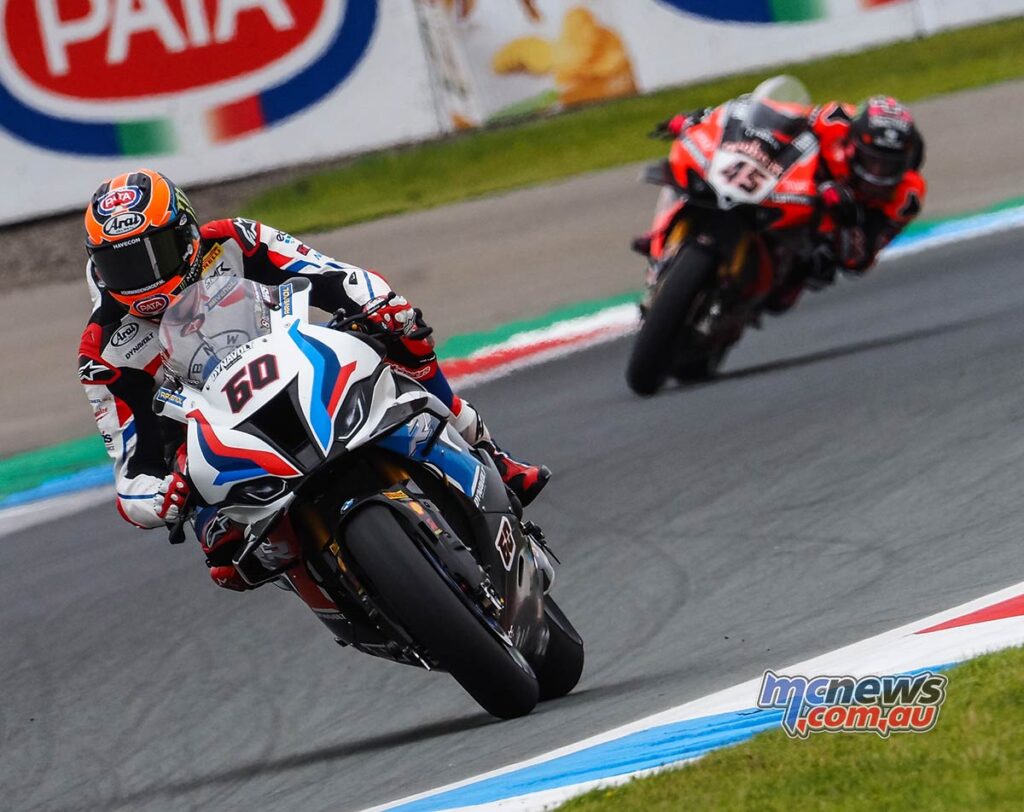
Besides Gerloff in second, there were two other Independent riders inside the top ten, with Lucas Mahias (Kawasaki Puccetti Racing) overcoming a crash in the opening moments to finish seventh overall. Next Independent was Chaz Davies (Team GoEleven), who had a solid morning session in third before slipping down the order to tenth on combined times, nearly six tenths slower than his morning time.
Jonas Folger (Bonovo MGM Racing) was 14th on his first WorldSBK experience at Assen, marginally ahead of Axel Bassani (Motocorsa Racing) and Tito Rabat (Barni Racing Team). Isaac Viñales (ORELAC Racing VerdNatura), Leandro Mercado (MIE Racing Honda Team), Kohta Nozane (GRT Yamaha WorldSBK Team), wildcard Andrea Mantovani (Vince64) and Loris Cresson (OUTDO TPR Team Pedercini Racing) rounded out the standings.
WorldSBK Friday Combined Times
| Pos | Rider | Bike………………………………………. | Time/Gap |
| 1 | J. Rea | Kawasaki ZX-10RR | 1m34.391 |
| 2 | G. Gerloff | Yamaha YZF R1 | +0.121 |
| 3 | S. Redding | Ducati Panigale V4 R | +0.200 |
| 4 | A. Bautista | Honda CBR1000 RR-R | +0.350 |
| 5 | T. Sykes | BMW M 1000 RR | +0.362 |
| 6 | T. Razgatlioglu | Yamaha YZF R1 | +0.364 |
| 7 | L. Mahias | Kawasaki ZX-10RR | +0.380 |
| 8 | M. Rinaldi | Ducati Panigale V4 R | +0.567 |
| 9 | A. Lowes | Kawasaki ZX-10RR | +0.568 |
| 10 | C. Davies | Ducati Panigale V4 R | +0.580 |
| 11 | M. Van Der Mark | BMW M 1000 RR | +0.583 |
| 12 | L. Haslam | Honda CBR1000 RR-R | +0.585 |
| 13 | A. Locatelli | Yamaha YZF R1 | +0.690 |
| 14 | J. Folger | BMW M 1000 RR | +0.952 |
| 15 | A. Bassani | Ducati Panigale V4 R | +1.137 |
| 16 | T. Rabat | Ducati Panigale V4 R | +1.208 |
| 17 | I. Vinales | Kawasaki ZX-10RR | +1.554 |
| 18 | L. Mercado | Honda CBR1000 RR-R | +2.006 |
| 19 | K. Nozane | Yamaha YZF R1 | +2.014 |
| 20 | A. Mantovani | Kawasaki ZX-10RR | +2.755 |
| 21 | L. Cresson | Kawasaki ZX-10RR | +4.195 |
WorldSBK Championship Points
| Pos | Rider | Points |
| 1 | Toprak Razgatlioglu | 183 |
| 2 | Jonathan Rea | 181 |
| 3 | Scott Redding | 117 |
| 4 | Alex Lowes | 114 |
| 5 | Michael Ruben Rinaldi | 94 |
| 6 | Garrett Gerloff | 93 |
| 7 | Tom Sykes | 89 |
| 8 | Michael Van Der Mark | 81 |
| 9 | Chaz Davies | 64 |
| 10 | Alvaro Bautista | 57 |
| 11 | Andrea Locatelli | 51 |
| 12 | Axel Bassani | 47 |
| 13 | Leon Haslam | 41 |
| 14 | Lucas Mahias | 36 |
| 15 | Tito Rabat | 18 |
| 16 | Kohta Nozane | 17 |
| 17 | Eugene Laverty | 14 |
| 18 | Jonas Folger | 8 |
| 19 | Isaac Vinales | 8 |
| 20 | Luke Mossey | 2 |
| 21 | Christophe Ponsson | 1 |
WorldSSP
Swiss rider Dominique Aegerter (Ten Kate Racing Yamaha) topped the combined classification in WorldSSP as he took to the track adorned in iconic yellow colours on both his leathers and Yamaha YZF-R6 as his Ten Kate Race outfit celebrated their home race.
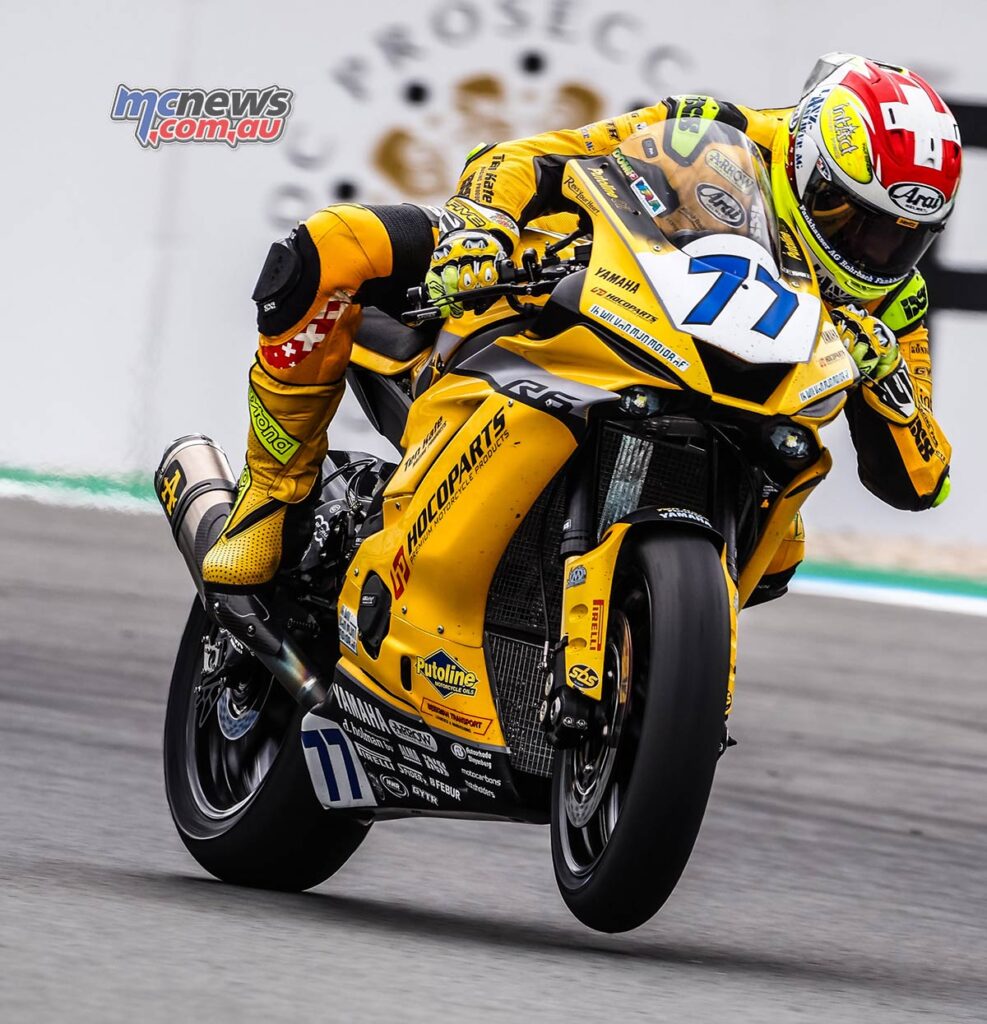
The morning Free Practice 1 session was a battle between Aegerter and Steven Odendaal (Evan Bros. WorldSSP Yamaha Team) as the South African rider looked to get back to winning ways and close the gap to Aegerter in the Championship. Both riders went under the lap record throughout the day, with Aegerter posting a 1’37.274s to top the times at the end of Friday by just 0.041s; the duo separated by just over a tenth but half-a-second clear of their nearest rivals.
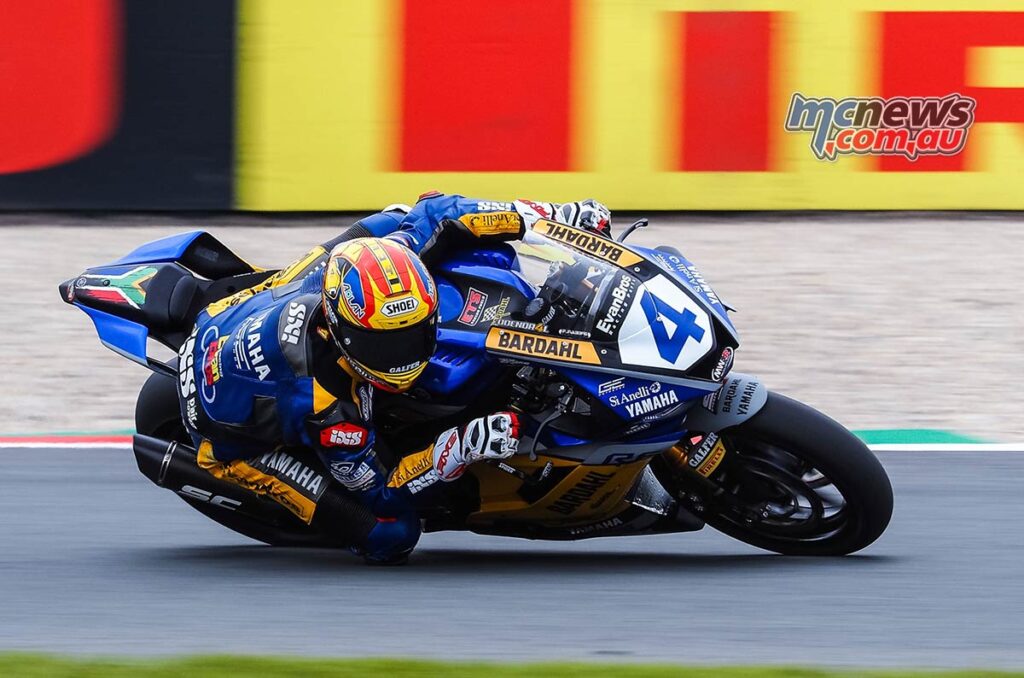
Spanish rider Manuel Gonzalez (Yamaha ParkinGo Team) put in a strong last lap at the end of the disrupted Free Practice 2 session to slot into third place as he goes in search for his first WorldSSP podium at the venue he made his Moto2 debut at a few weeks ago. Philipp Oettl (Kawasaki Puccetti Racing) claimed fourth place on his Kawasaki ZX-6R, the only rider to not improve in the afternoon Free Practice 2 session.
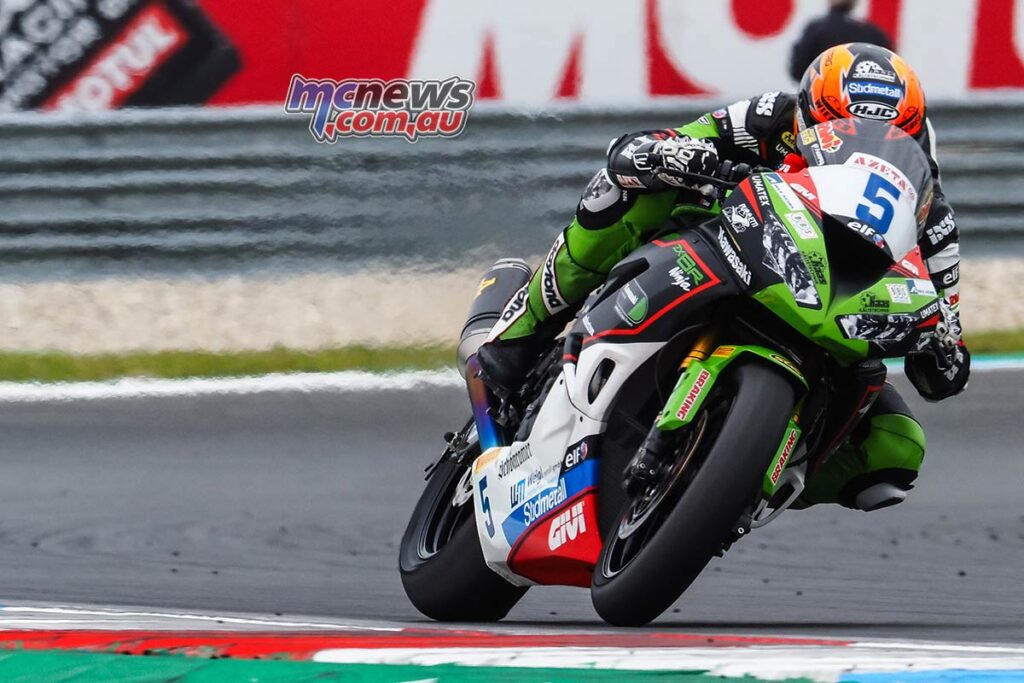
WorldSSP Friday Combined Times
| Pos | No. Rider | Bike……………………… | Time/Gap |
| 1 | D. Aegerter | Yamaha YZF R6 | 1m37.274 |
| 2 | S. Odendaal | Yamaha YZF R6 | +0.041 |
| 3 | M. Gonzalez | Yamaha YZF R6 | +0.550 |
| 4 | P. Oettl | Kawasaki ZX-6R | +0.711 |
| 5 | R. Krummenacher | Yamaha YZF R6 | +0.883 |
| 6 | J. Cluzel | Yamaha YZF R6 | +0.910 |
| 7 | C. Oncu | Kawasaki ZX-6R | +0.991 |
| 8 | H. Soomer | Yamaha YZF R6 | +1.050 |
| 9 | N. Tuuli | MV Agusta F3 675 | +1.067 |
| 10 | K. Manfredi | Yamaha YZF R6 | +1.255 |
| 11 | F. Caricasulo | Yamaha YZF R6 | +1.284 |
| 12 | R. De Rosa | Kawasaki ZX-6R | +1.420 |
| 13 | M. Casadei | Yamaha YZF R6 | +1.573 |
| 14 | L. Bernardi | Yamaha YZF R6 | +1.577 |
| 15 | M. Fabrizio | Kawasaki ZX-6R | +1.693 |
| 16 | S. Morais | Yamaha YZF R6 | +1.804 |
| 17 | P. Sebestyen | Yamaha YZF R6 | +1.861 |
| 18 | D. Webb | Yamaha YZF R6 | +2.029 |
| 19 | V. Takala | Yamaha YZF R6 | +2.056 |
| 20 | L. Taccini | Kawasaki ZX-6R | +2.155 |
| 21 | G. Hendra Pratama | Yamaha YZF R6 | +2.257 |
| 22 | M. Alcoba | Yamaha YZF R6 | +2.291 |
| 23 | E. Lahti | Suzuki GSX-R600 | +2.506 |
| 24 | F. Fuligni | Yamaha YZF R6 | +2.719 |
| 25 | P. Szkopek | Yamaha YZF R6 | +2.986 |
| 26 | M. Herrera | Yamaha YZF R6 | +3.040 |
| 27 | S. Frossard | Yamaha YZF R6 | +3.273 |
| 28 | S. Kawasaki | Kawasaki ZX-6R | +3.862 |
| 29 | L. Montella | Yamaha YZF R6 | +4.508 |
| 30 | E. Montero Huerta | Yamaha YZF R6 | +4.938 |
WorldSSP Standings
| Pos | Rider | Points |
| 1 | Dominique Aegerter | 119 |
| 2 | Steven Odendaal | 102 |
| 3 | Luca Bernardi | 82 |
| 4 | Philipp Oettl | 72 |
| 5 | Jules Cluzel | 65 |
| 6 | Manuel Gonzalez | 64 |
| 7 | Hannes Soomer | 47 |
| 8 | Raffaele De Rosa | 46 |
| 9 | Randy Krummenacher | 35 |
| 10 | Christoffer Bergman | 34 |
| 11 | Federico Caricasulo | 31 |
| 12 | Marc Alcoba | 26 |
| 13 | Can Alexander Oncu | 25 |
| 14 | Niki Tuuli | 20 |
| 15 | Vertti Takala | 13 |
| 16 | Kevin Manfredi | 13 |
| 17 | Galang Hendra Pratama | 12 |
| 18 | Maria Herrera | 7 |
| 19 | Filippo Fuligni | 6 |
| 20 | Roberto Mercandelli | 5 |
| 21 | Massimo Roccoli | 4 |
| 22 | Matteo Patacca | 3 |
| 23 | Stephane Frossard | 3 |
| 24 | Michel Fabrizio | 2 |
| 25 | Luca Ottaviani | 1 |
| 26 | Leonardo Taccini | 1 |
| 27 | Davide Pizzoli | 1 |
| 28 | Pawel Szkopek | 1 |
WorldSSP300
Home hero Victor Steeman (Freudenberg KTM WorldSSP Team) topped the timesheets in the FIM Supersport 300 World Championship ahead of his home round, running three tenths clear of his nearest rival.
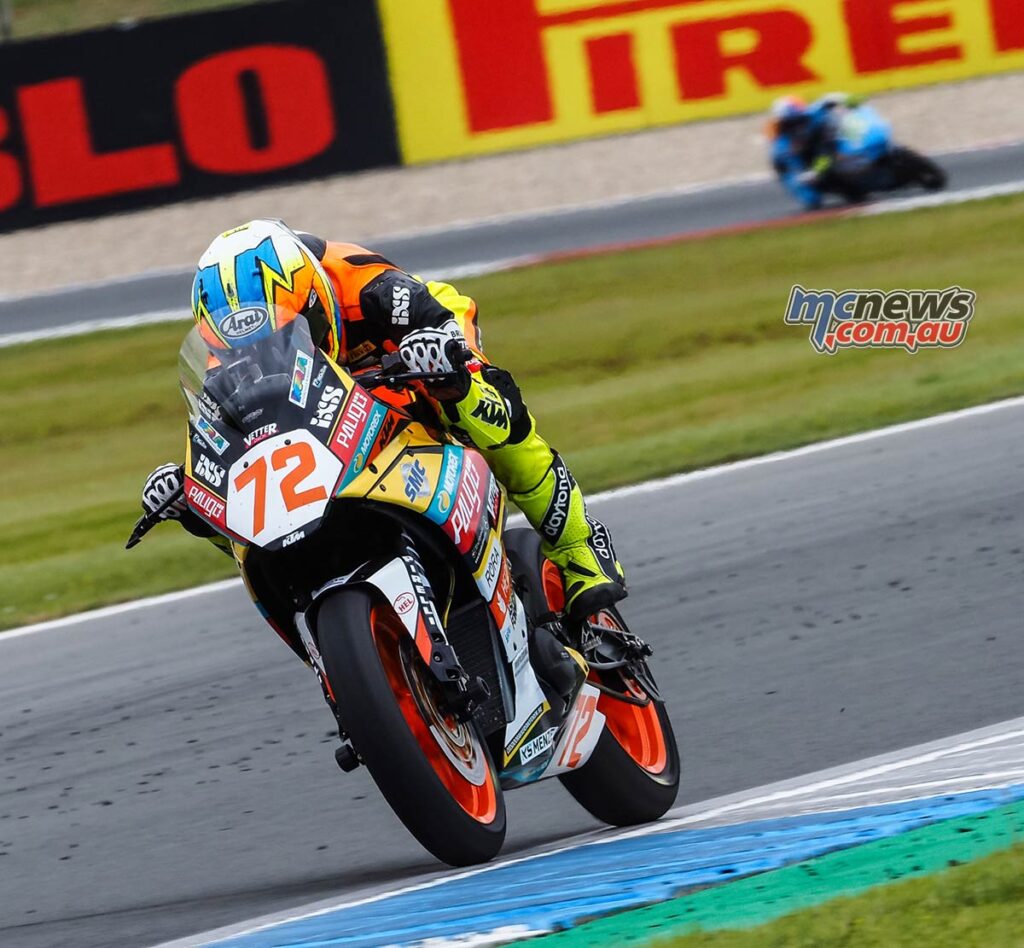
Steeman posted a lap time of 1’48.710s in the 30-minute Free Practice 2 session, with the Dutch rider one of only two riders to lap in the 1’48s bracket. He was joined by Bahattin Sofuoglu (Biblion Yamaha Motoxracing) in that bracket, with the pair separated by almost three tenths after the day’s running. Dutchman Koen Meuffels (MTM Kawasaki) completed the top three.
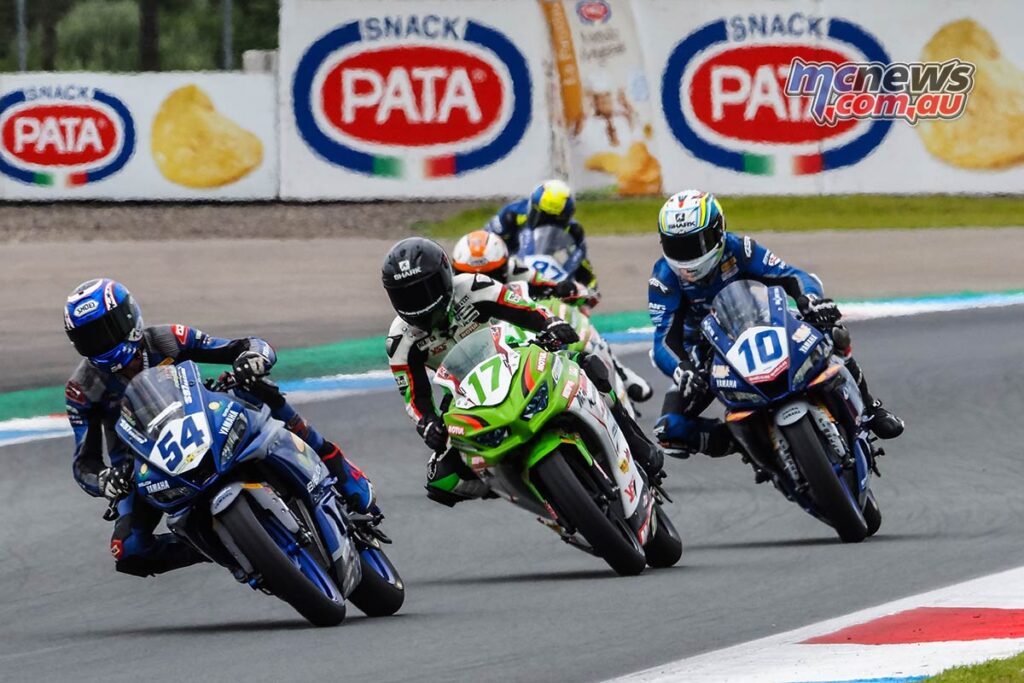
WorldSSP300 has a reputation for being a close and competitive class and the start of the Dutch Round has proved no exception ahead of racing, with Ana Carrasco (Kawasaki Provec WorldSSP300) in fourth; the 2018 WorldSSP300 Champion less than a tenth away from a place in the top three. British rider Tom Booth-Amos (Fusport – RT Motorsports by SKM – Kawasaki) claimed fifth place, ahead of Samuel Di Sora (Leader Team Flembbo) in sixth; the French rider had topped Free Practice 1 in the morning in the Netherlands.
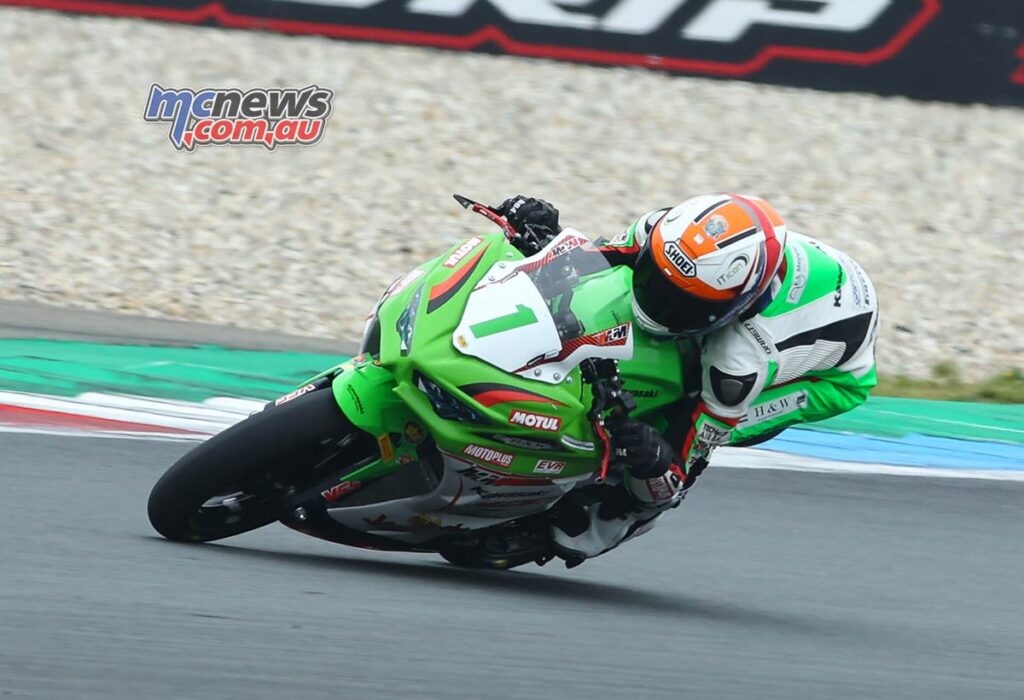
Young Aussie Harry Khouri was back on track after hand surgery and managed P34 in what is a busy 43-rider field.
WorldSSP300 Friday Combined Times
| Pos | No. Rider | Bike…………………………… | Time/Gap |
| 1 | V. Steeman | KTM RC 390 R | 1m48.710 |
| 2 | B. Sofuoglu | Yamaha YZF-R3 | +0.284 |
| 3 | K. Meuffels | Kawasaki Ninja 400 | +0.405 |
| 4 | A. Carrasco | Kawasaki Ninja 400 | +0.442 |
| 5 | T. Booth-Amos | Kawasaki Ninja 400 | +0.513 |
| 6 | S. Di Sora | Kawasaki Ninja 400 | +0.569 |
| 7 | B. Ieraci | Yamaha YZF-R3 | +0.604 |
| 8 | U. Orradre | Yamaha YZF-R3 | +0.676 |
| 9 | A. Huertas | Kawasaki Ninja 400 | +0.709 |
| 10 | V. Rodriguez Nunez | Kawasaki Ninja 400 | +0.711 |
| 11 | J. Buis | Kawasaki Ninja 400 | +0.732 |
| 12 | Y. Okaya | Kawasaki Ninja 400 | +0.761 |
| 13 | O. Konig | Kawasaki Ninja 400 | +0.850 |
| 14 | H. De Cancellis | Kawasaki Ninja 400 | +0.855 |
| 15 | M. Gennai | Yamaha YZF-R3 | +0.915 |
| 16 | M. Kawakami | Yamaha YZF-R3 | +1.048 |
| 17 | J. Gimbert | Kawasaki Ninja 400 | +1.109 |
| 18 | K. Sabatucci | Yamaha YZF-R3 | +1.139 |
| 19 | R. Bijman | Yamaha YZF-R3 | +1.181 |
| 20 | I. Iglesias | Kawasaki Ninja 400 | +1.204 |
| 21 | T. Kawakami | Yamaha YZF-R3 | +1.218 |
| 22 | T. Brianti | Kawasaki Ninja 400 | +1.218 |
| 23 | D. Loureiro | Kawasaki Ninja 400 | +1.327 |
| 24 | C. Stange | Kawasaki Ninja 400 | +1.378 |
| 25 | A. Zanca | Kawasaki Ninja 400 | +1.401 |
| 26 | G. Mastroluca | Yamaha YZF-R3 | +1.530 |
| 27 | P. Svoboda | Yamaha YZF-R3 | +1.590 |
| 28 | M. Gaggi | Yamaha YZF-R3 | +1.615 |
| 29 | S. Markarian | Kawasaki Ninja 400 | +1.807 |
| 30 | T. Molenaar | KTM RC 390 R | +1.876 |
| 31 | V. Perez Selfa | Yamaha YZF-R3 | +1.890 |
| 32 | A. Carrion | Kawasaki Ninja 400 | +1.932 |
| 33 | J. Perez Gonzalez | Kawasaki Ninja 400 | +2.163 |
| 34 | H. Khouri | Kawasaki Ninja 400 | +2.188 |
| 35 | S. Doornenbal | KTM RC 390 R | +2.286 |
| 36 | T. Smits | Yamaha YZF-R3 | +2.335 |
| 37 | F. Palazzi | Yamaha YZF-R3 | +2.484 |
| 38 | A. Coppola | Yamaha YZF-R3 | +2.686 |
| 39 | A. Frappola | Kawasaki Ninja 400 | +3.179 |
| 40 | I. Offer | Kawasaki Ninja 400 | +4.067 |
| 41 | J. Mcmanus | Kawasaki Ninja 400 | +4.124 |
| 42 | M. Duarte | Yamaha YZF-R3 | +4.459 |
| 43 | J. Romero | Kawasaki Ninja 400 | +5.358 |
WorldSSP300 Championship Standings
| Pos | Rider | Points |
| 1 | Adrian Huertas | 72 |
| 2 | Tom Booth-Amos | 65 |
| 3 | Ana Carrasco | 42 |
| 4 | Yuta Okaya | 42 |
| 5 | Meikon Kawakami | 37 |
| 6 | Samuel Di Sora | 35 |
| 7 | Unai Orradre | 33 |
| 8 | Hugo De Cancellis | 29 |
| 9 | Jeffrey Buis | 23 |
| 10 | Ton Kawakami | 23 |
| 11 | Bruno Ieraci | 21 |
| 12 | Dorren Loureiro | 17 |
| 13 | Koen Meuffels | 17 |
| 14 | Gabriele Mastroluca | 13 |
| 15 | Bahattin Sofuoglu | 10 |
| 16 | Mirko Gennai | 10 |
| 17 | Filippo Maria Palazzi | 10 |
| 18 | Vicente Perez Selfa | 9 |
| 19 | Victor Steeman | 9 |
| 20 | Oliver Konig | 8 |
| 21 | Jose Luis Perez Gonzalez | 8 |
| 22 | Harry Khouri | 7 |
| 23 | Marc Garcia | 7 |
| 24 | Victor Rodriguez Nunez | 6 |
| 25 | Thomas Brianti | 2 |
| 26 | Alex Millan Gomez | 2 |
| 27 | Inigo Iglesias | 2 |
| 28 | Ruben Bijman | 1 |
Source: MCNews.com.au

